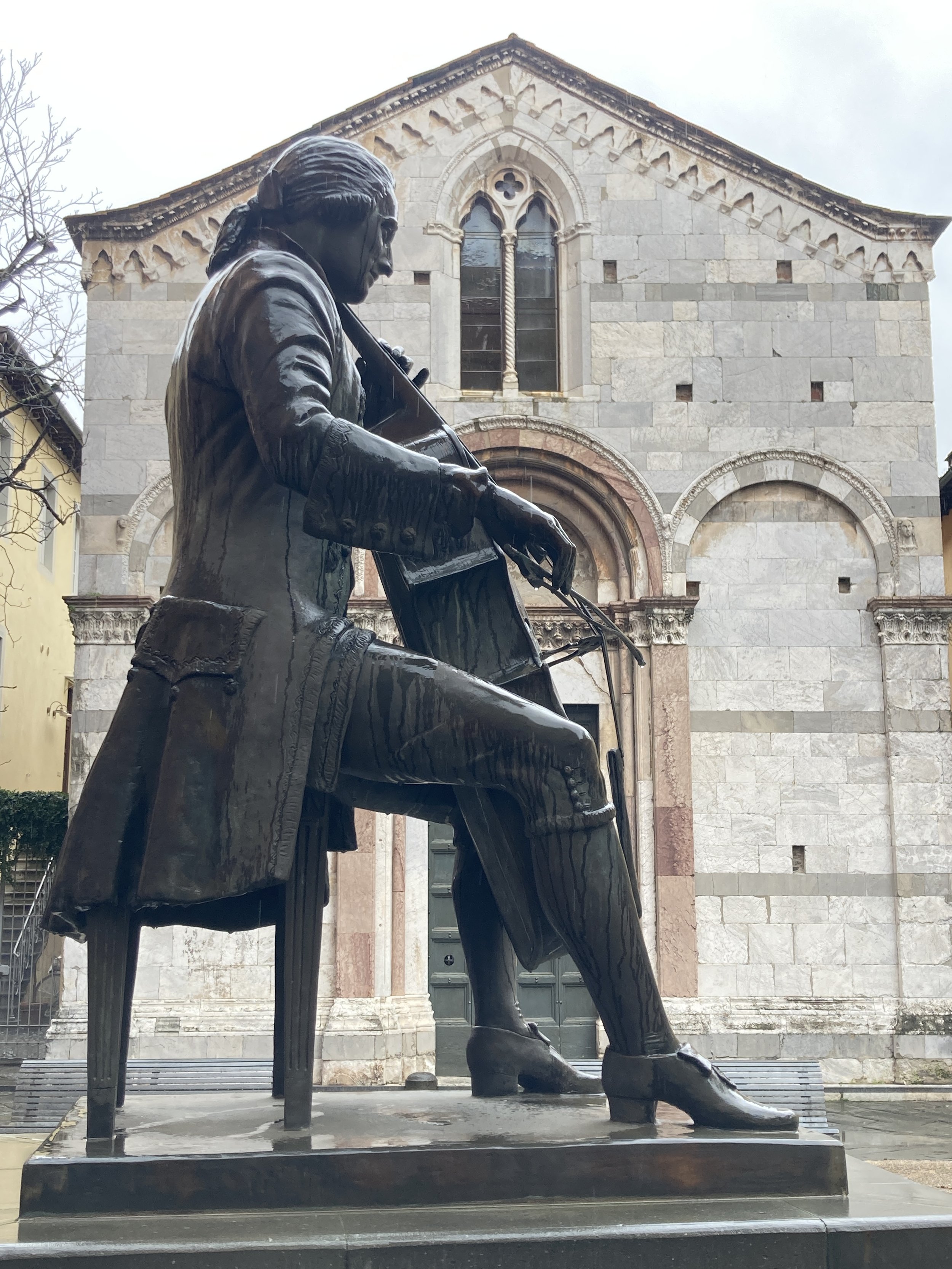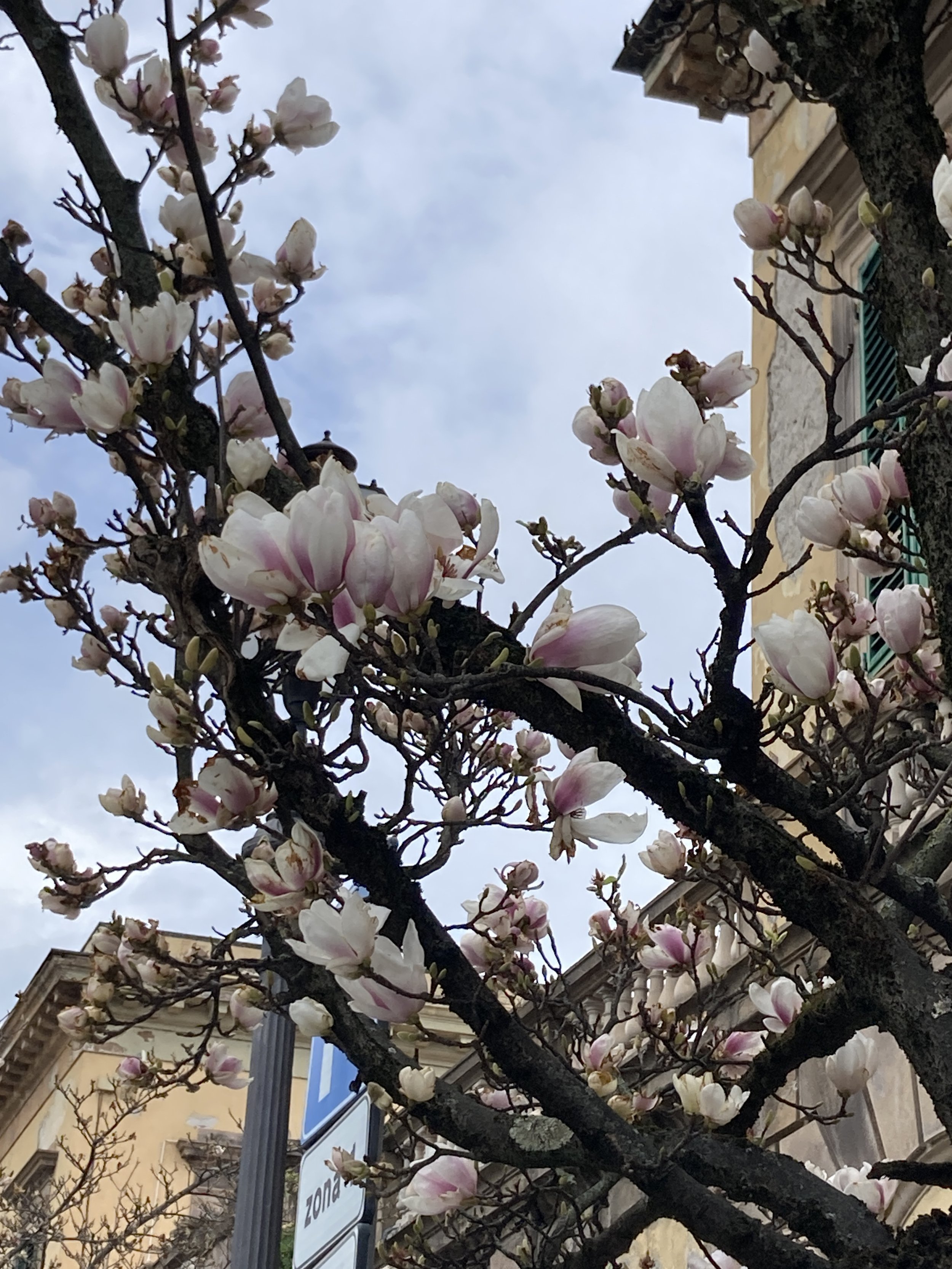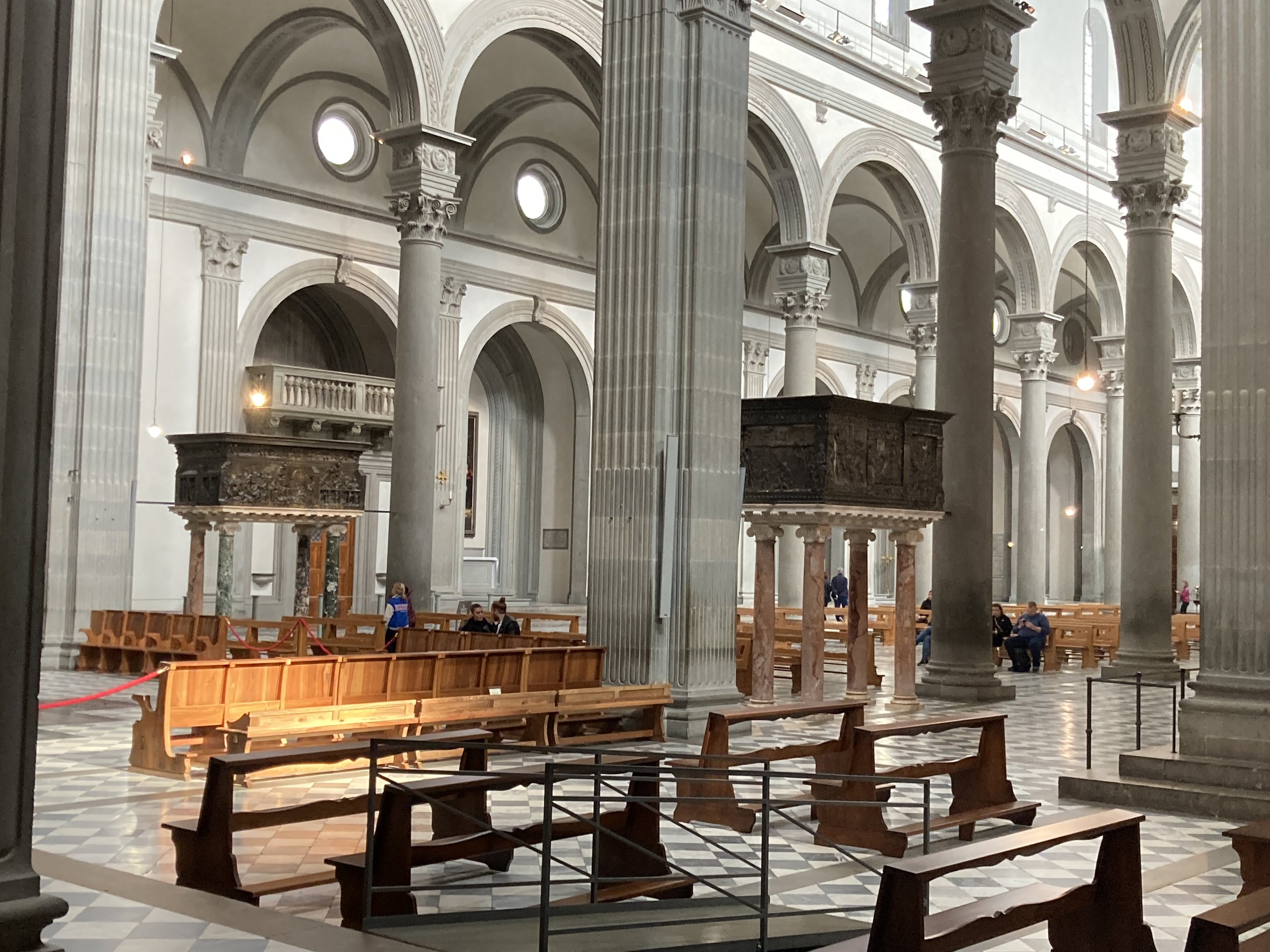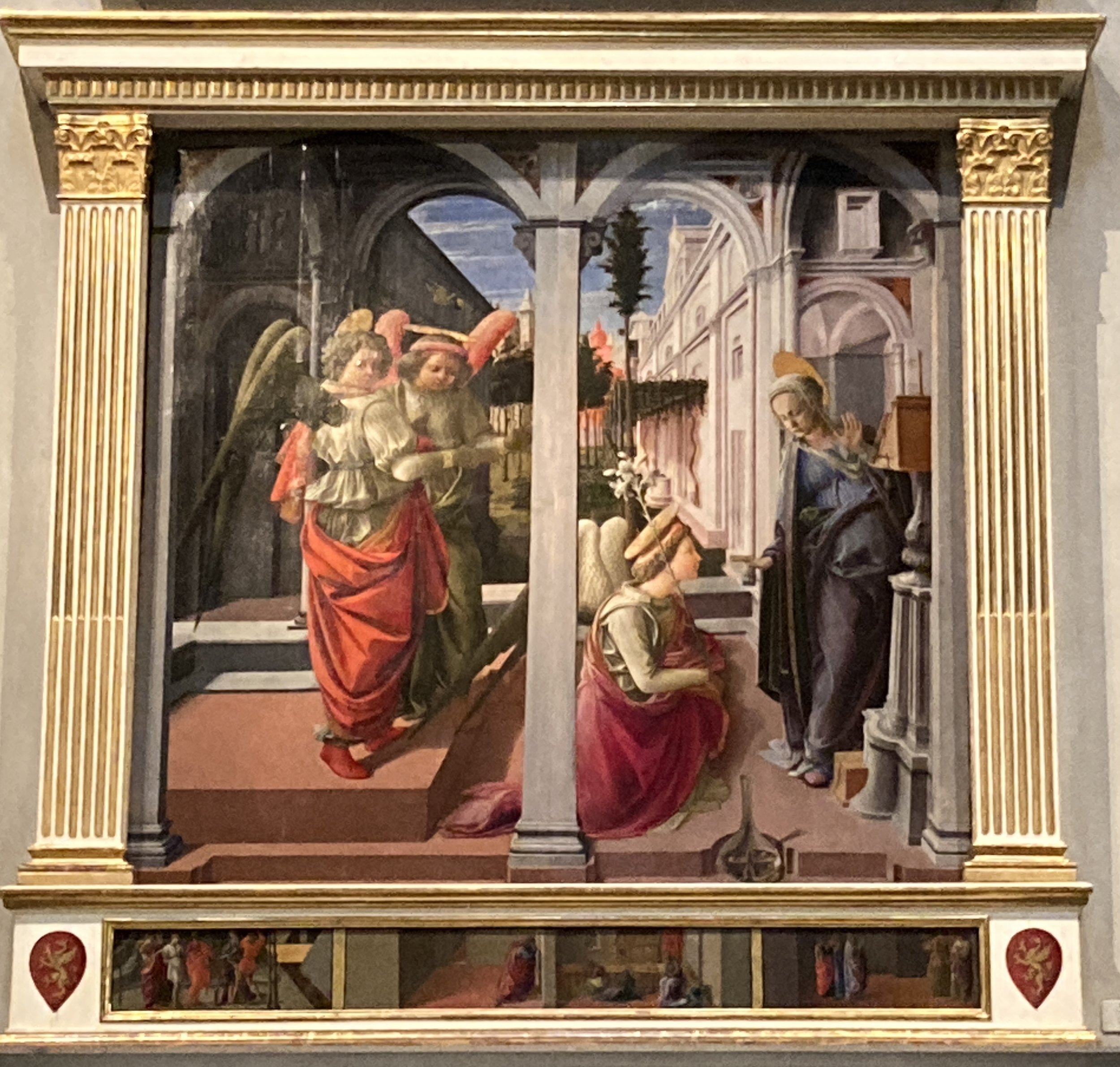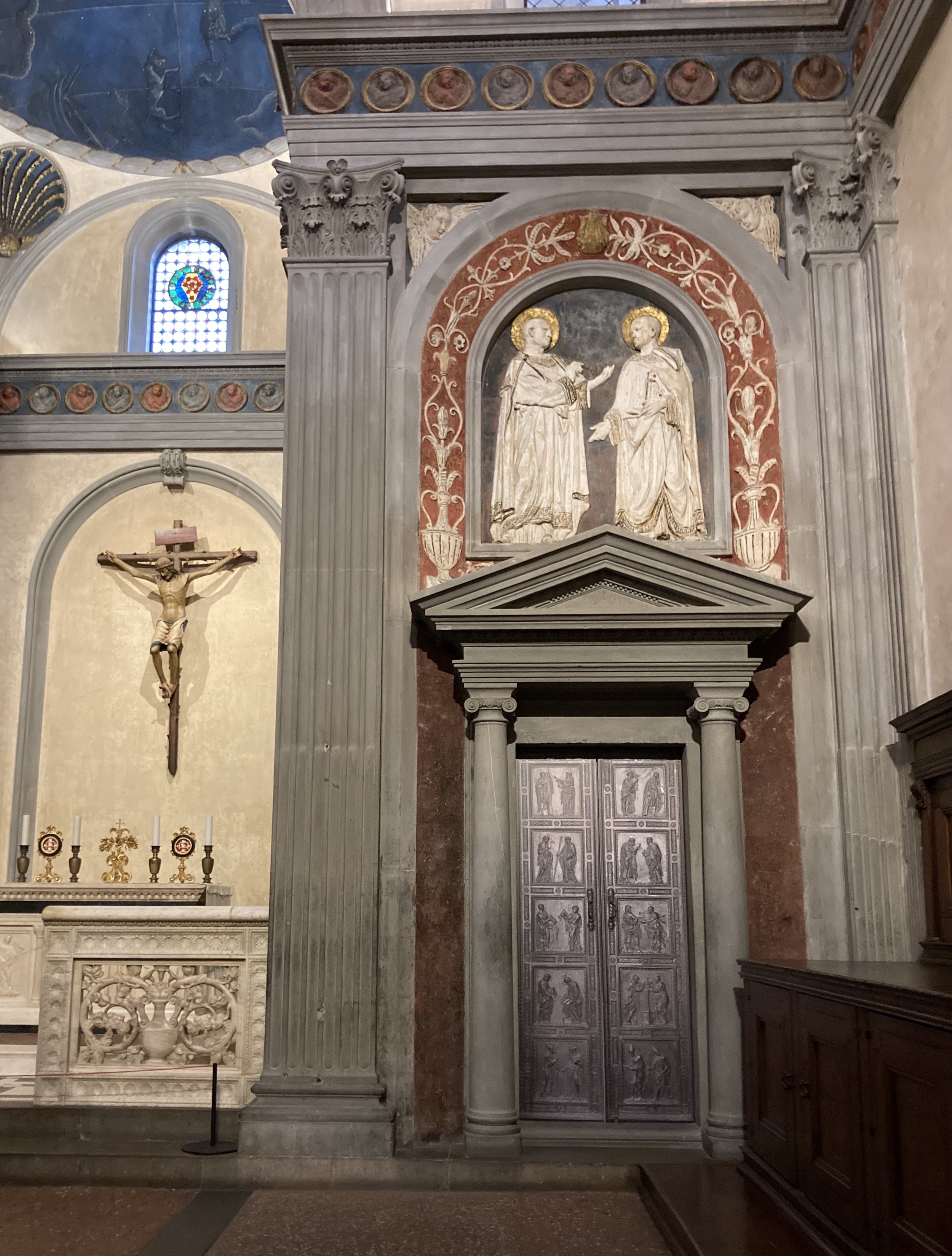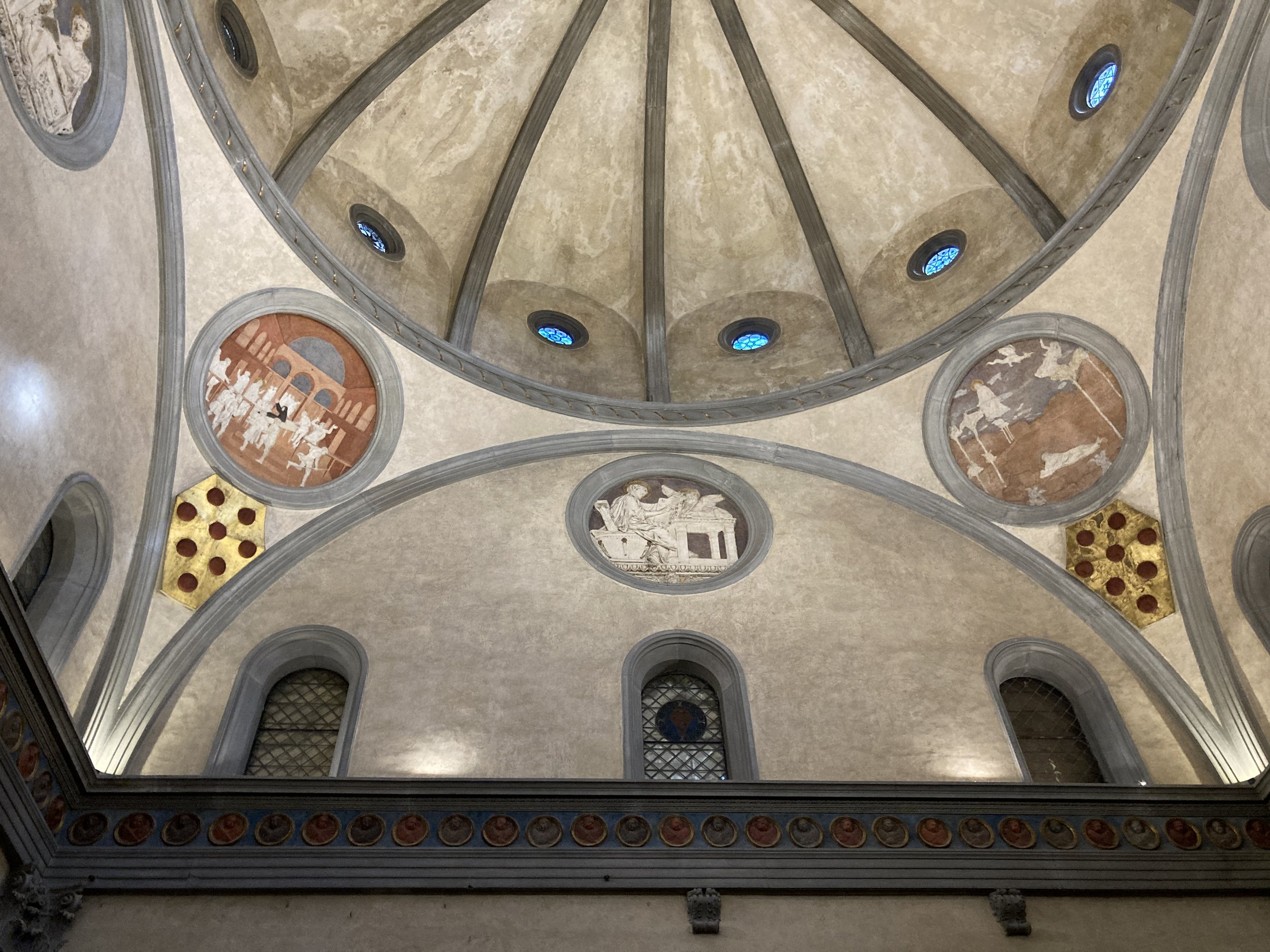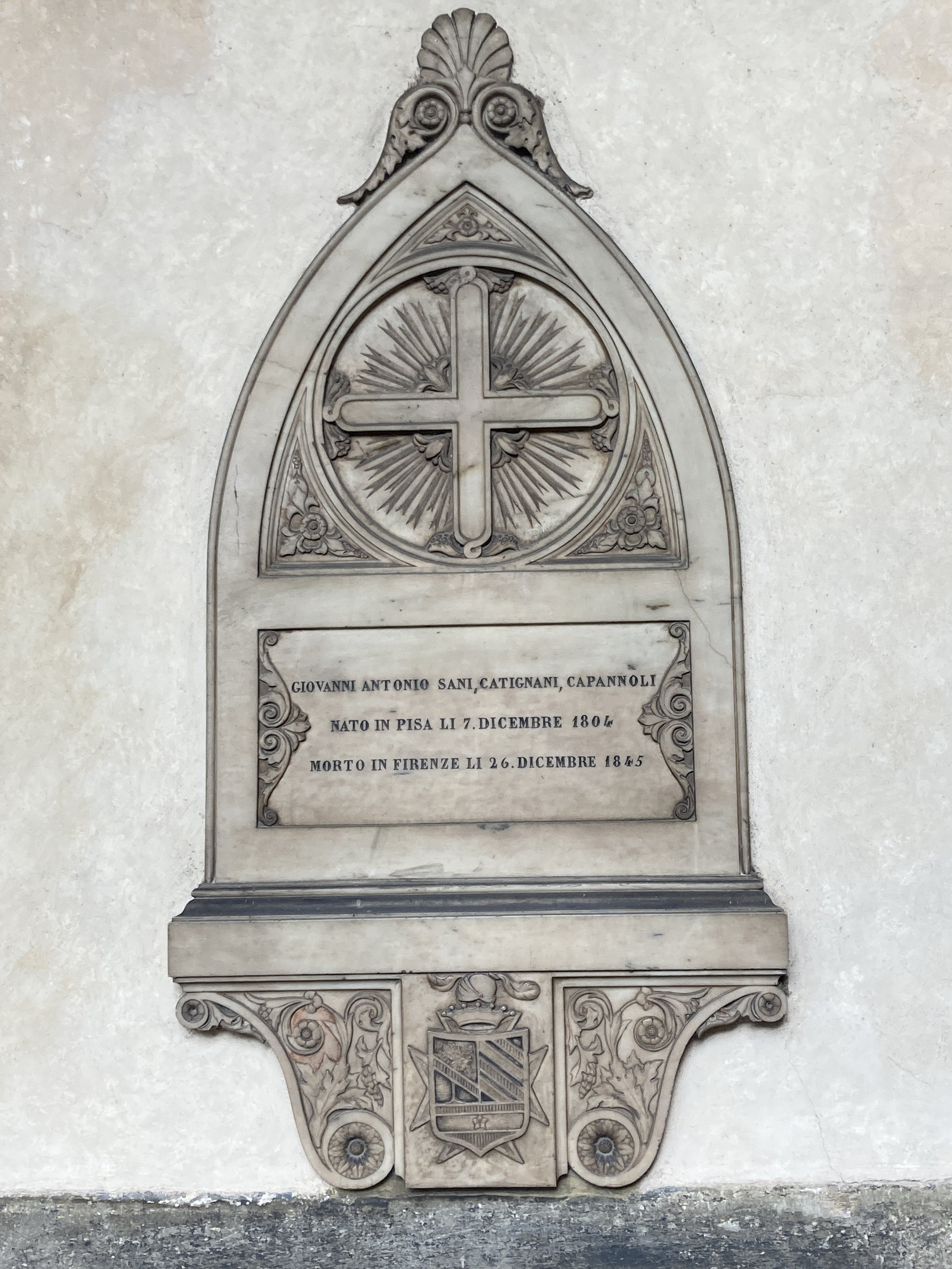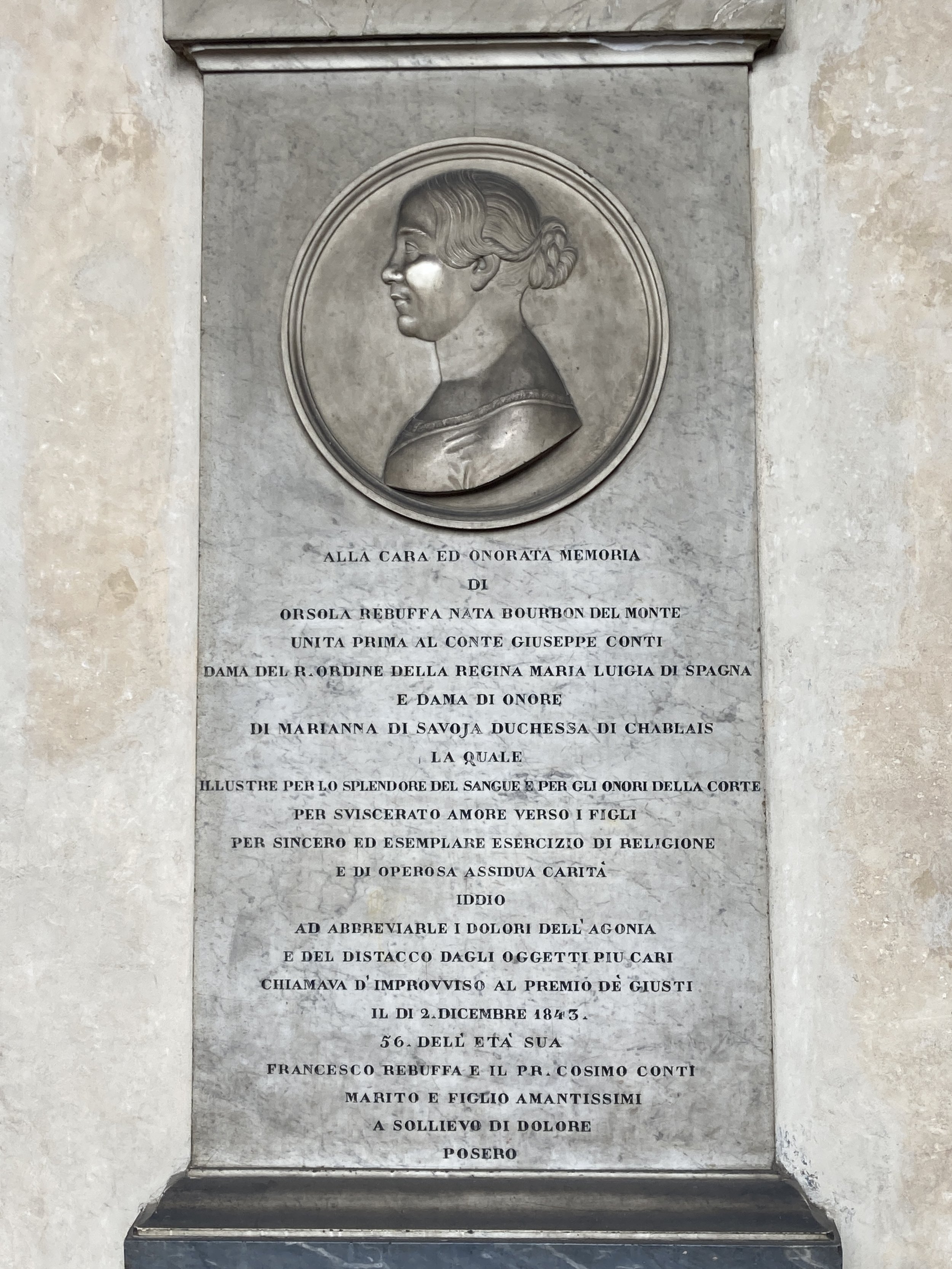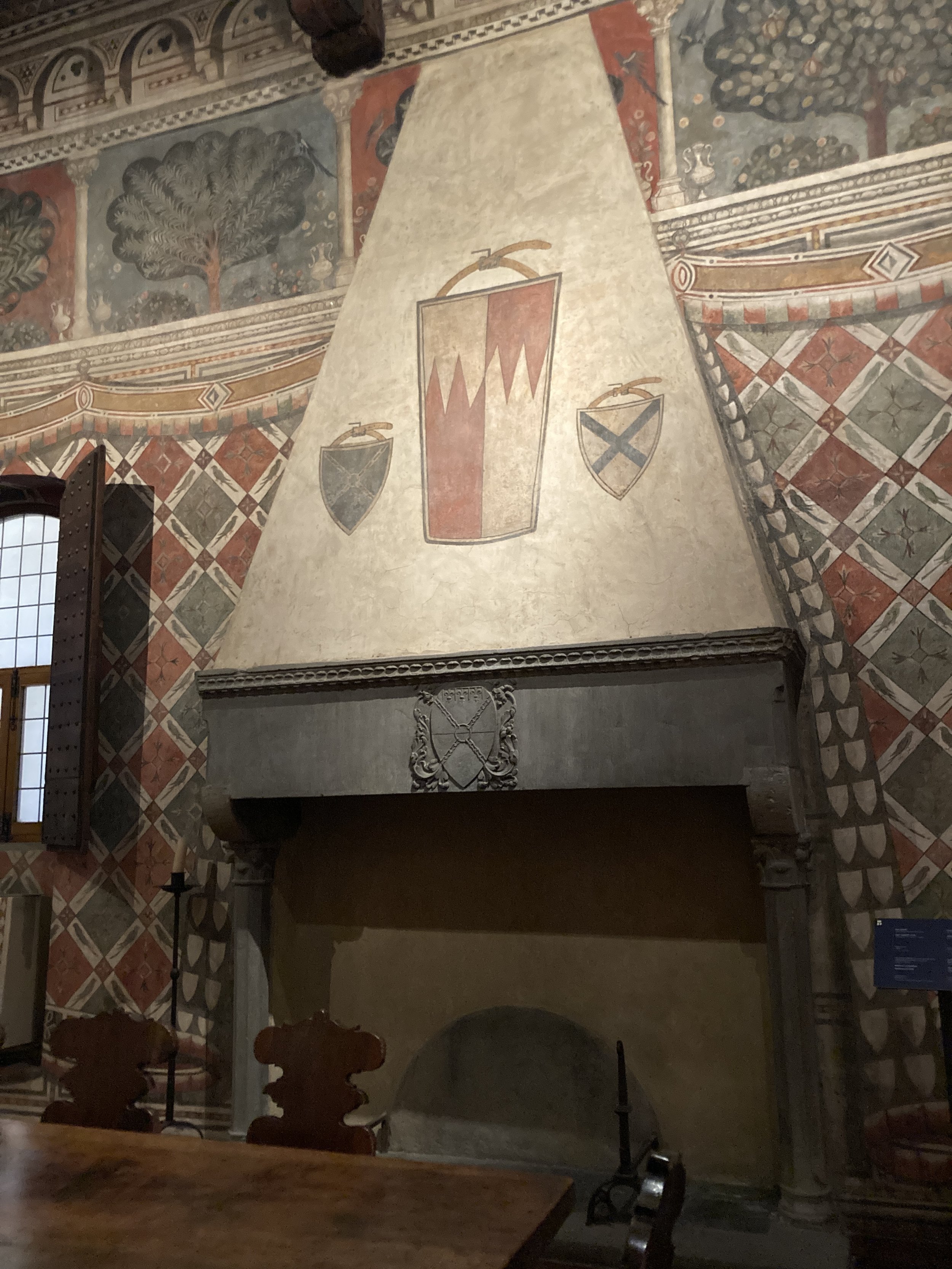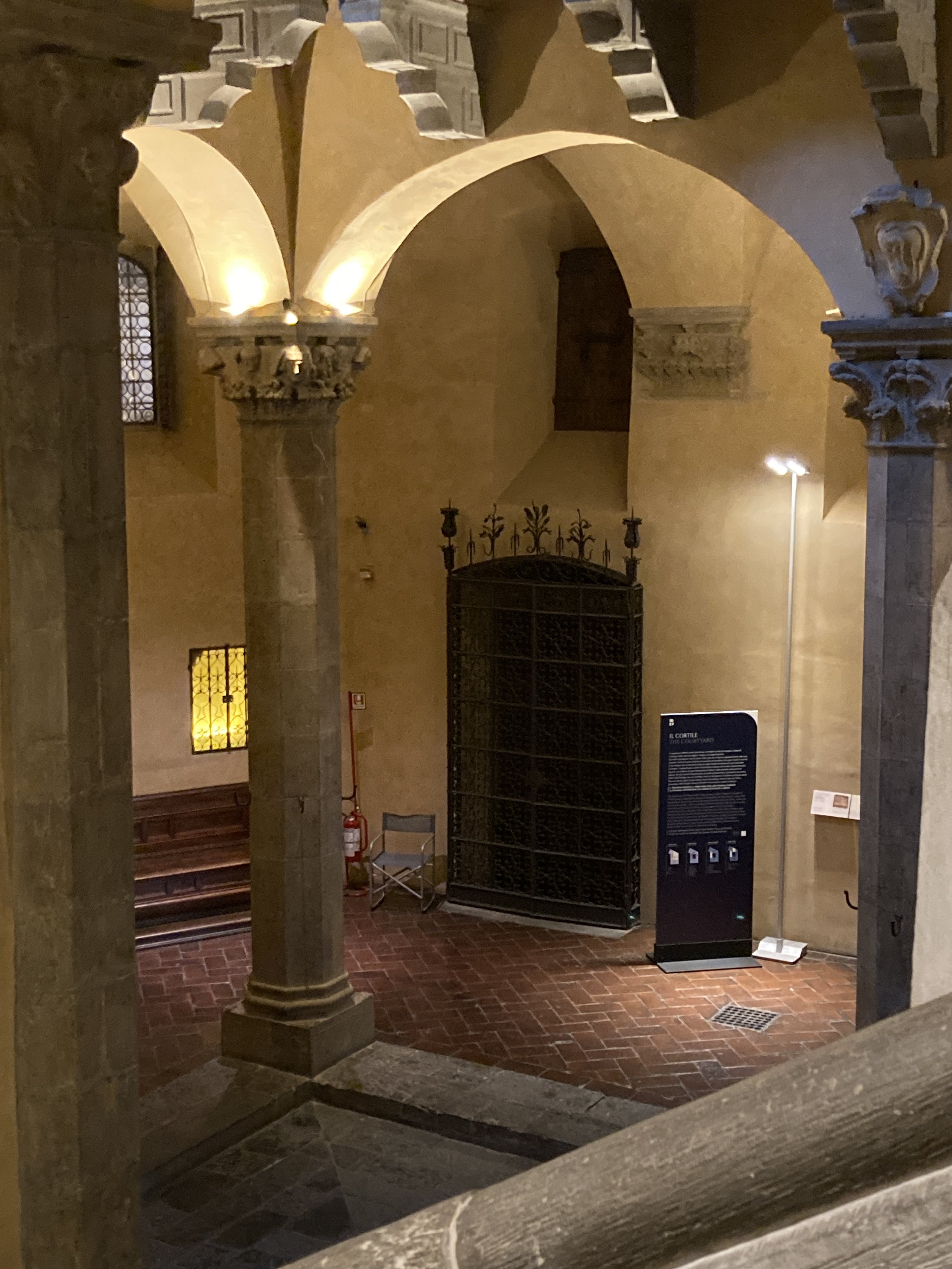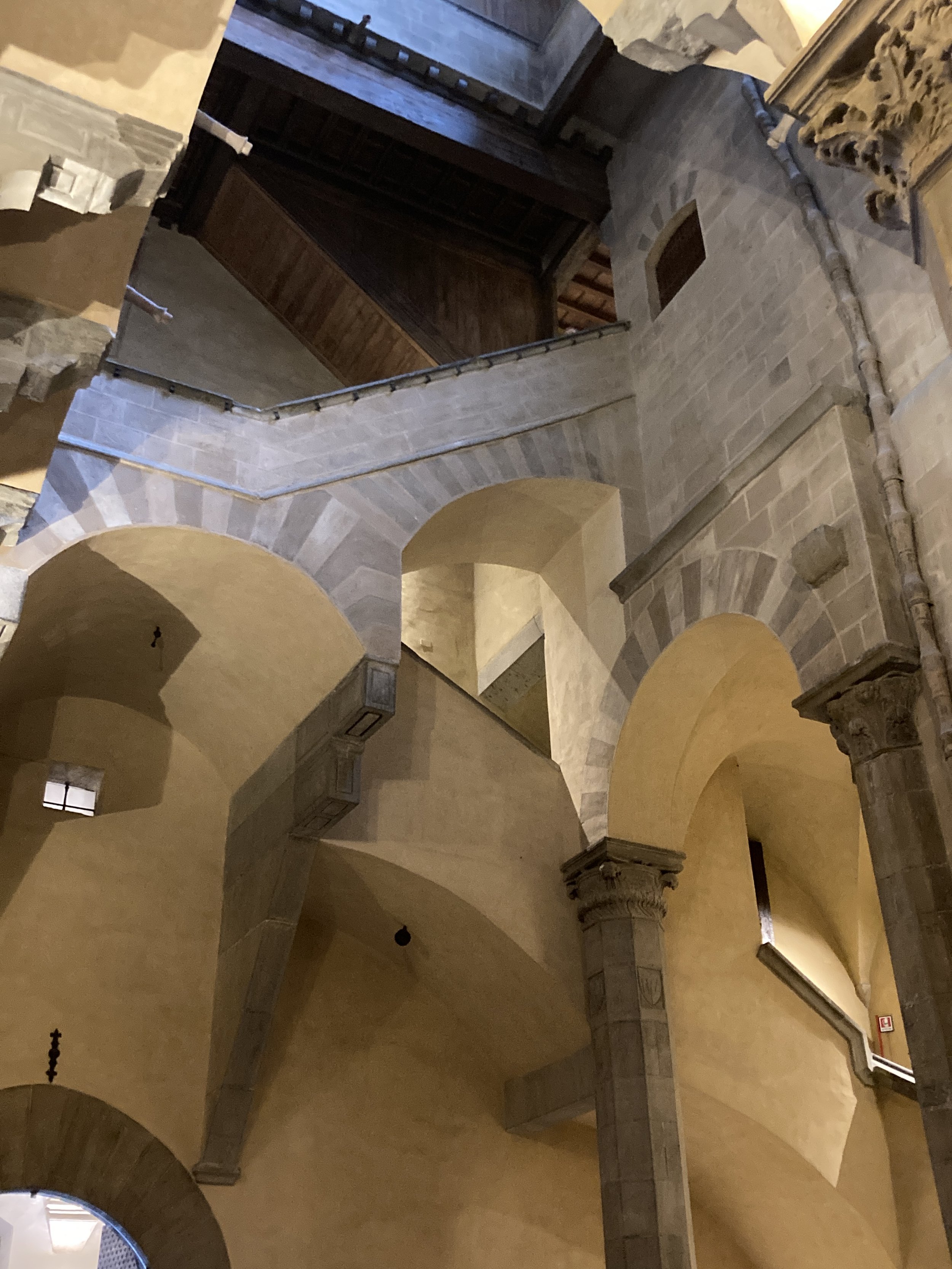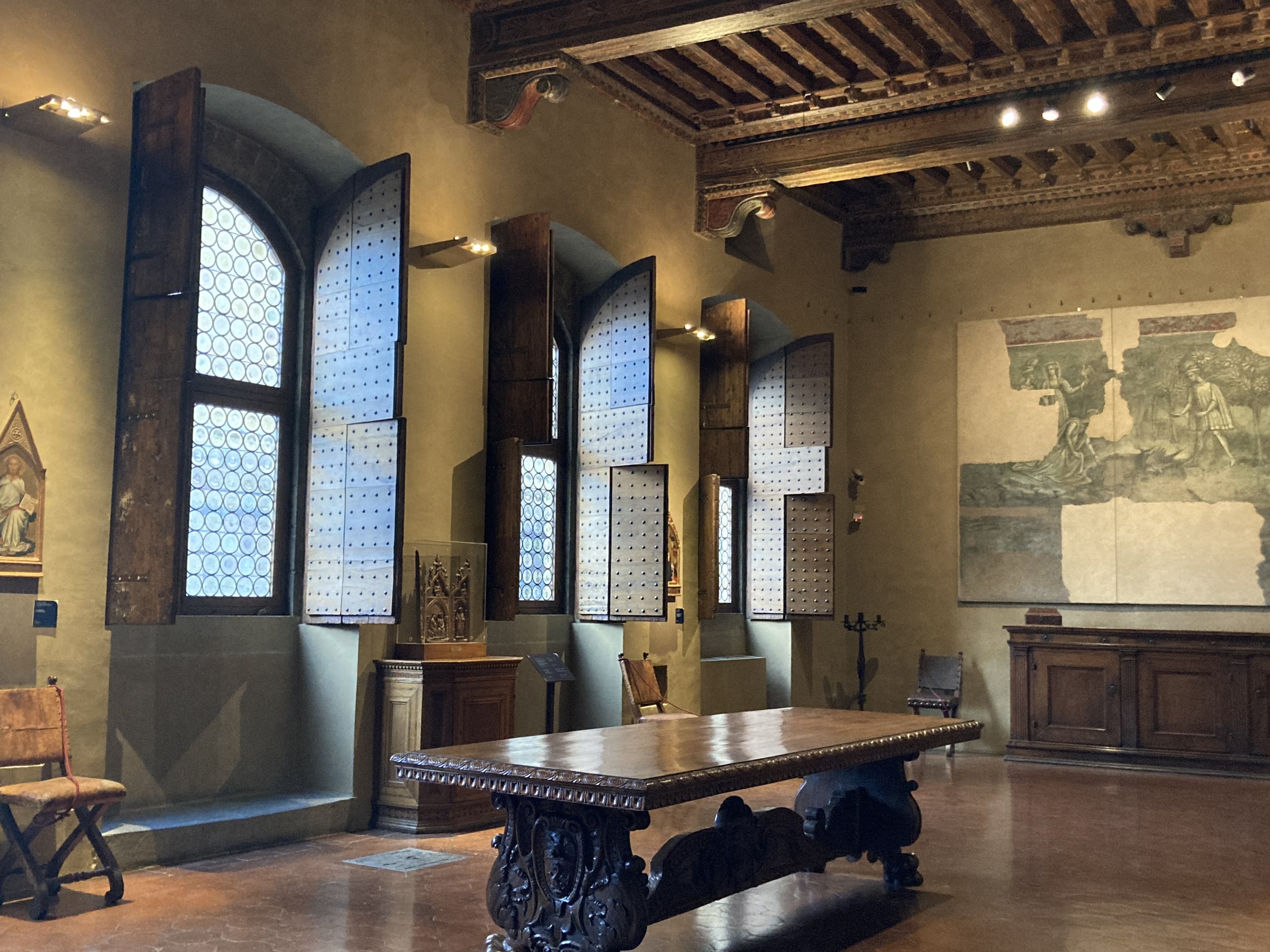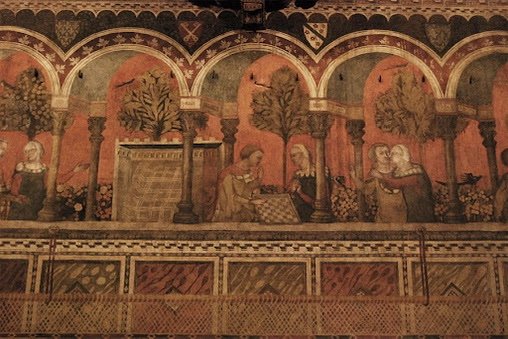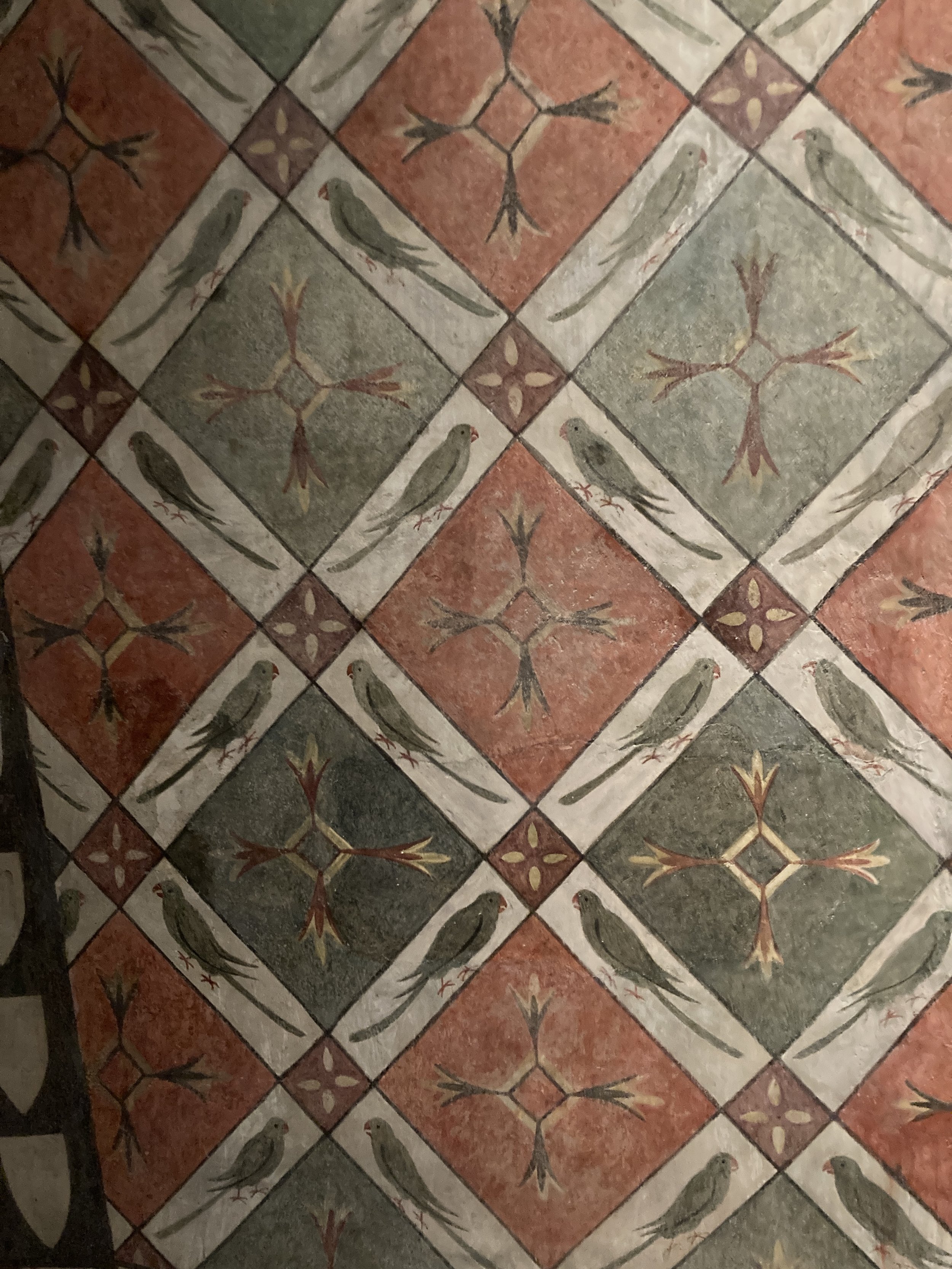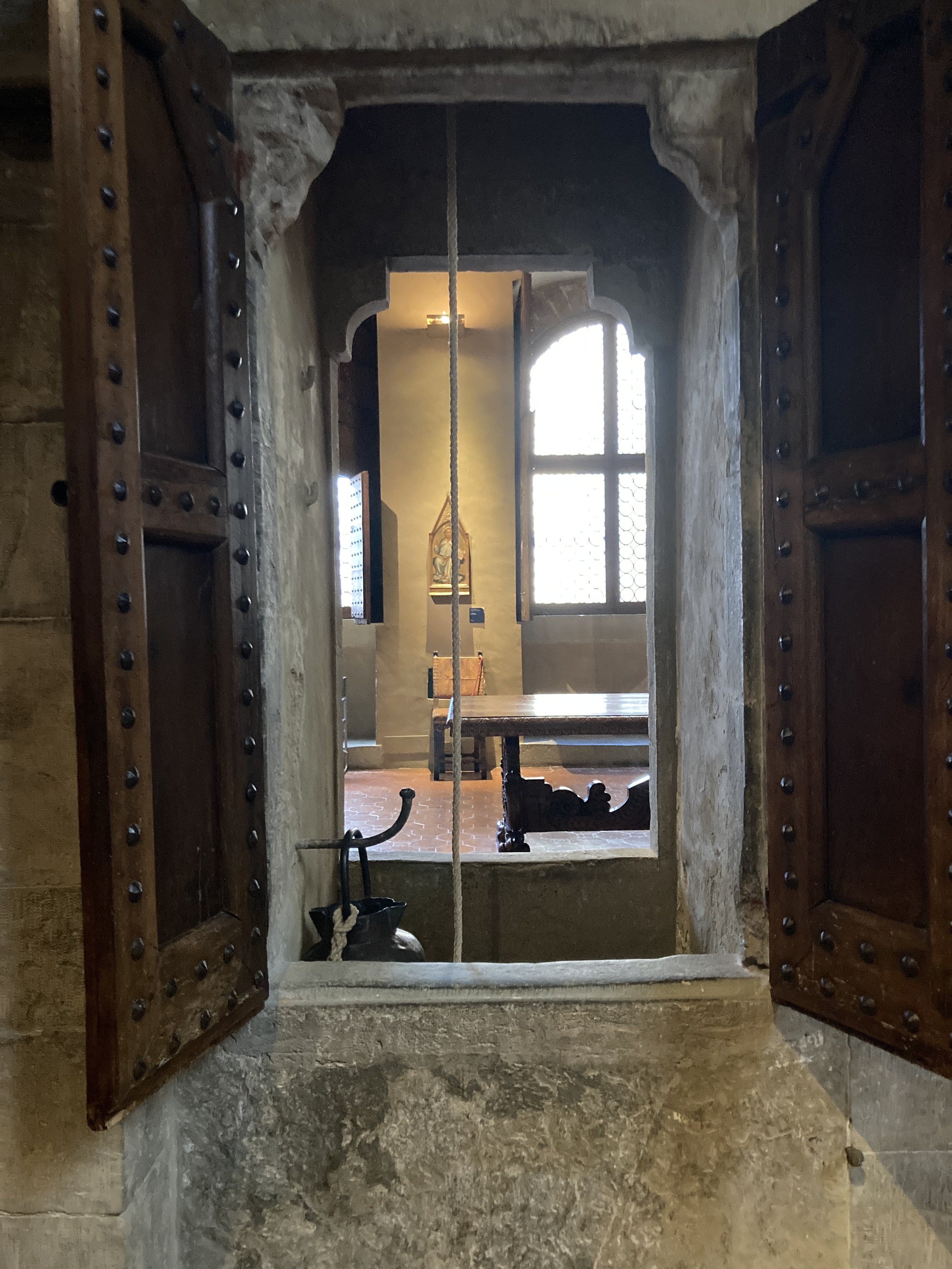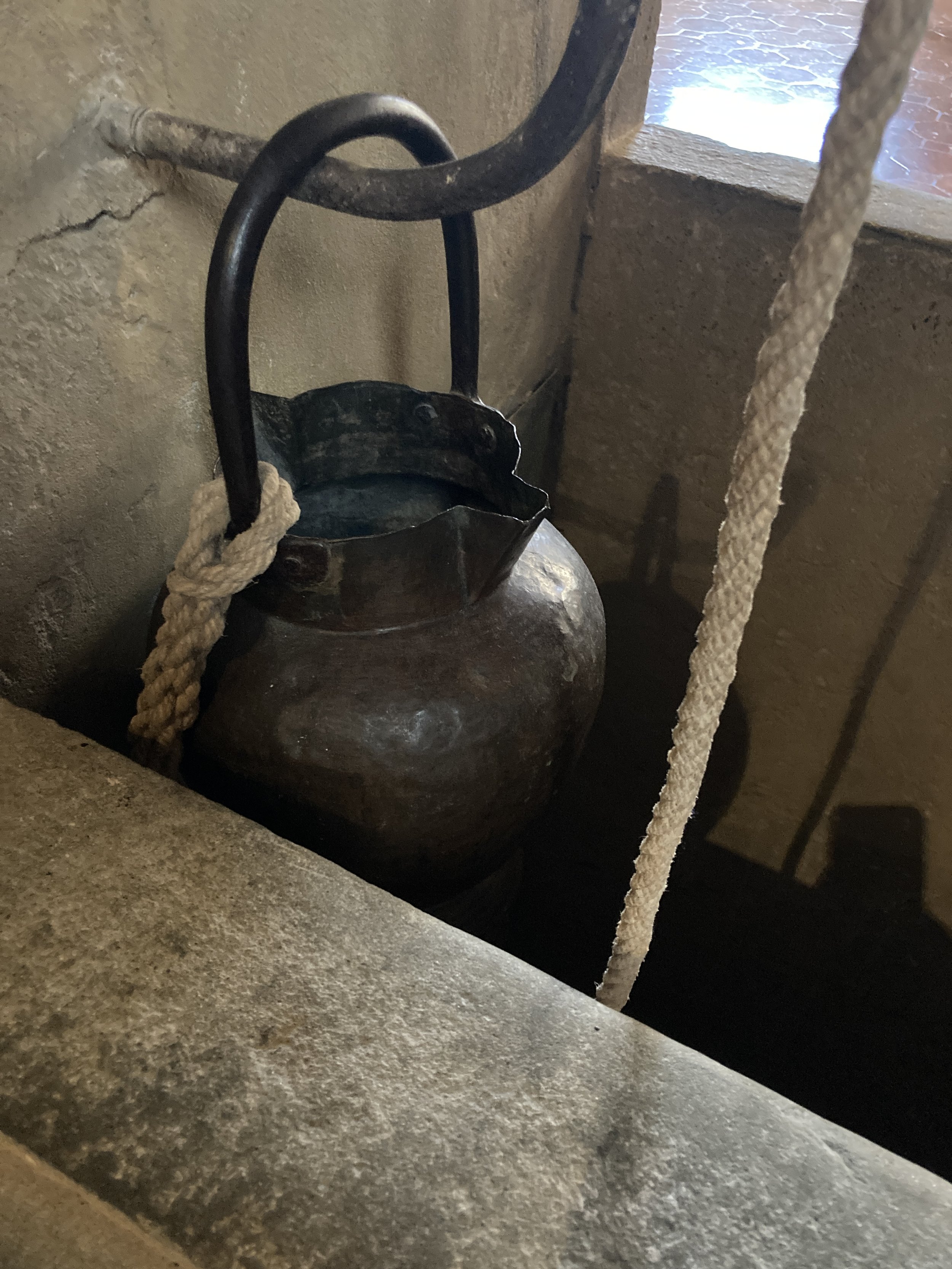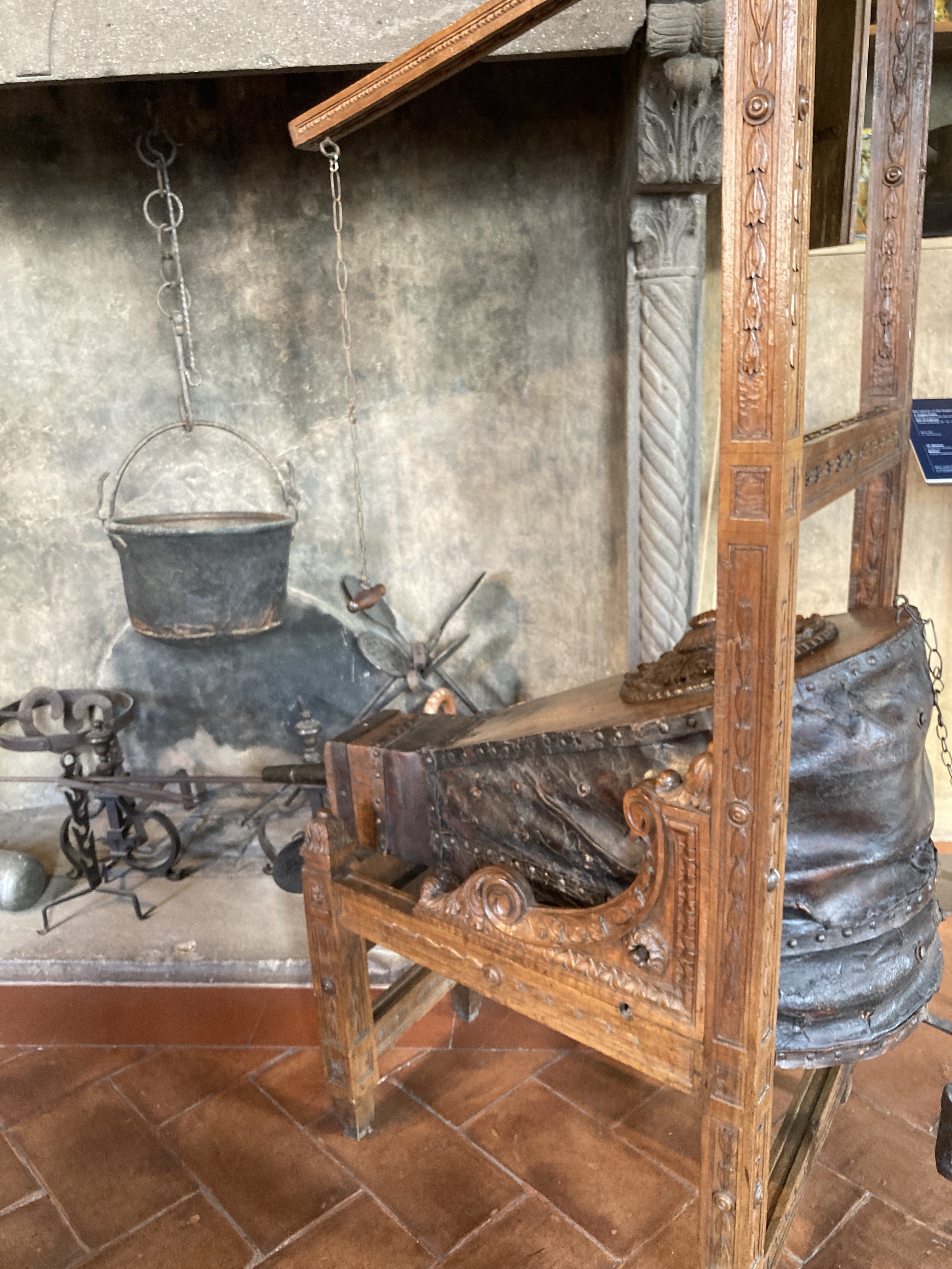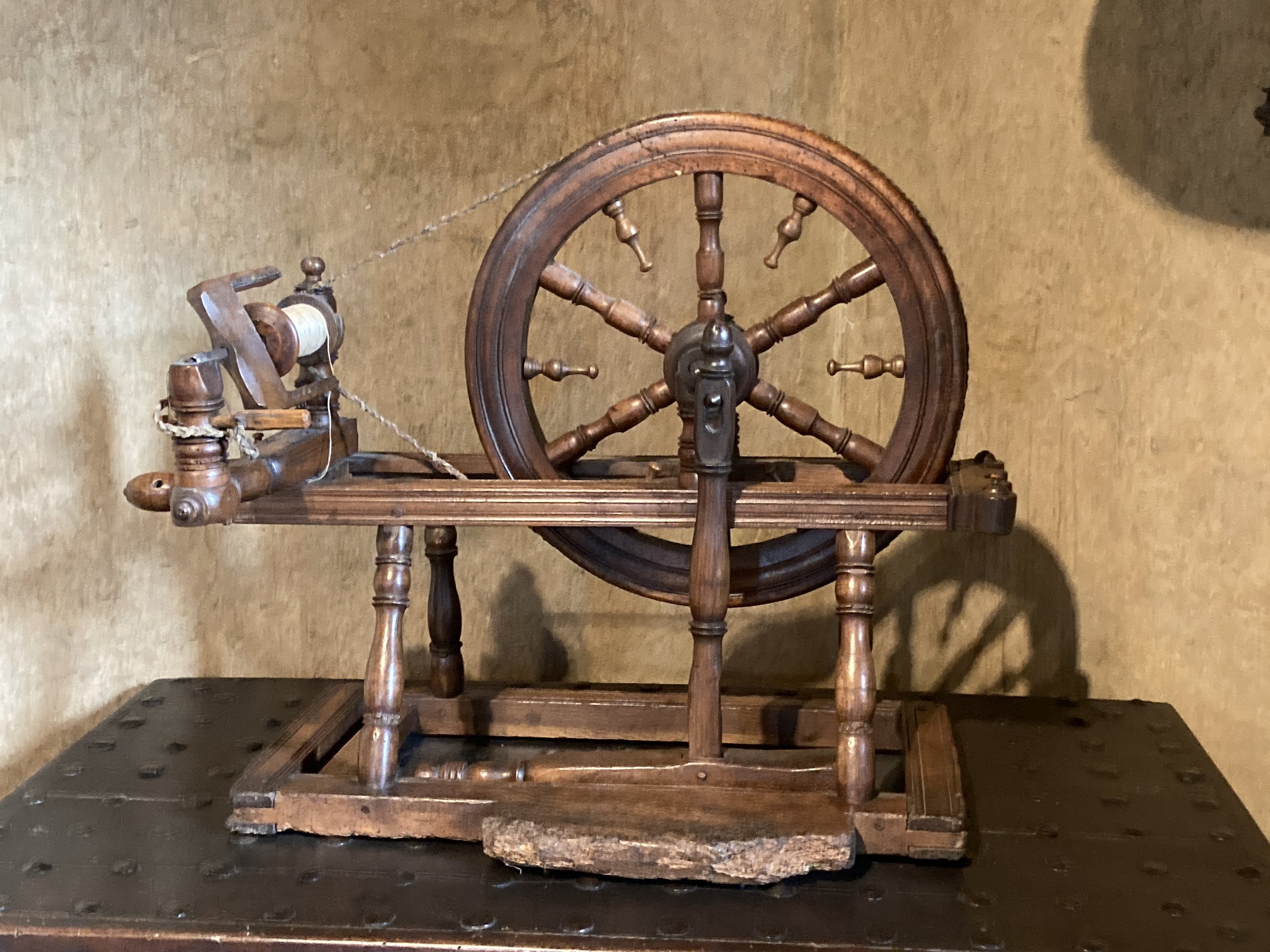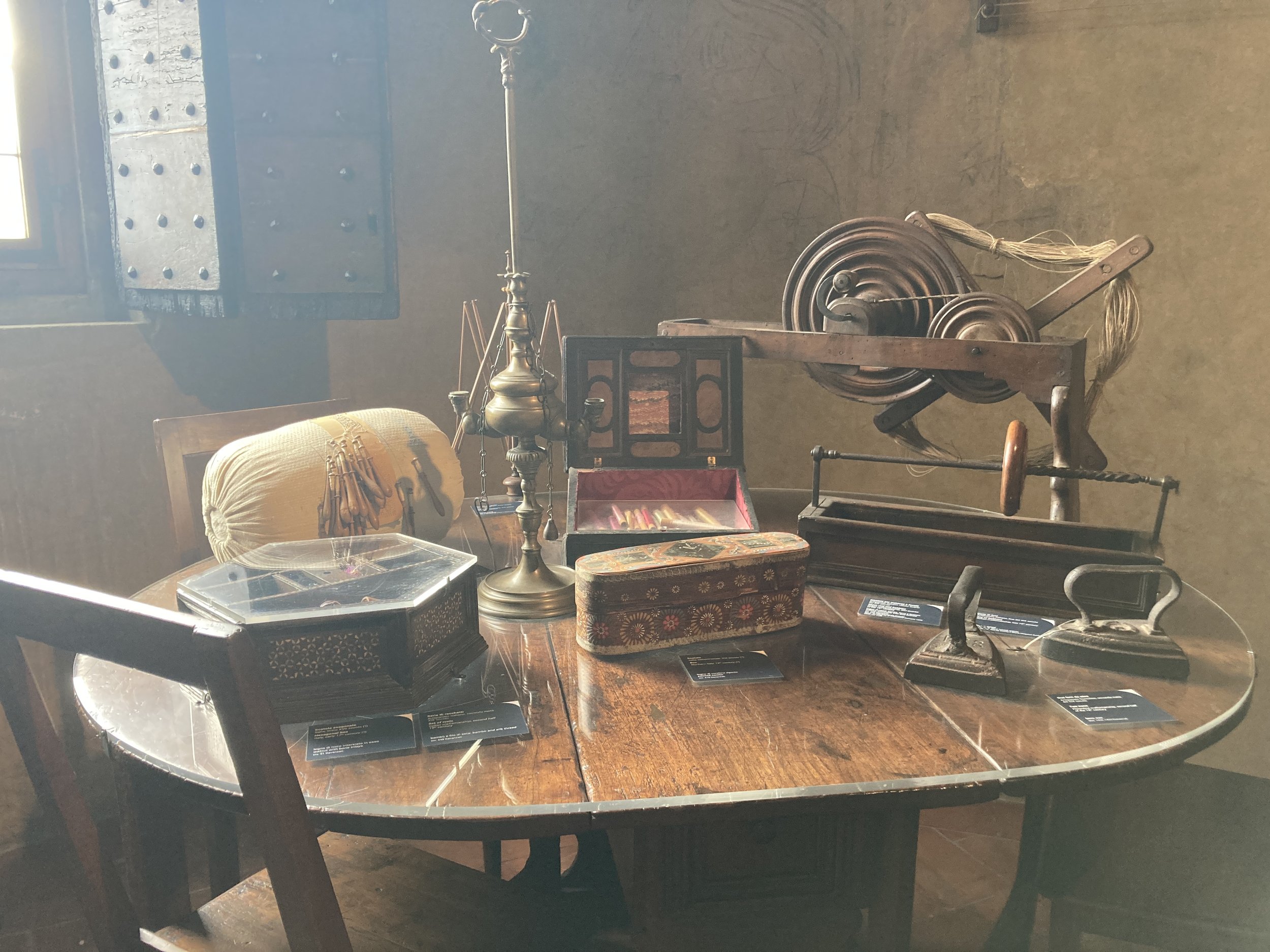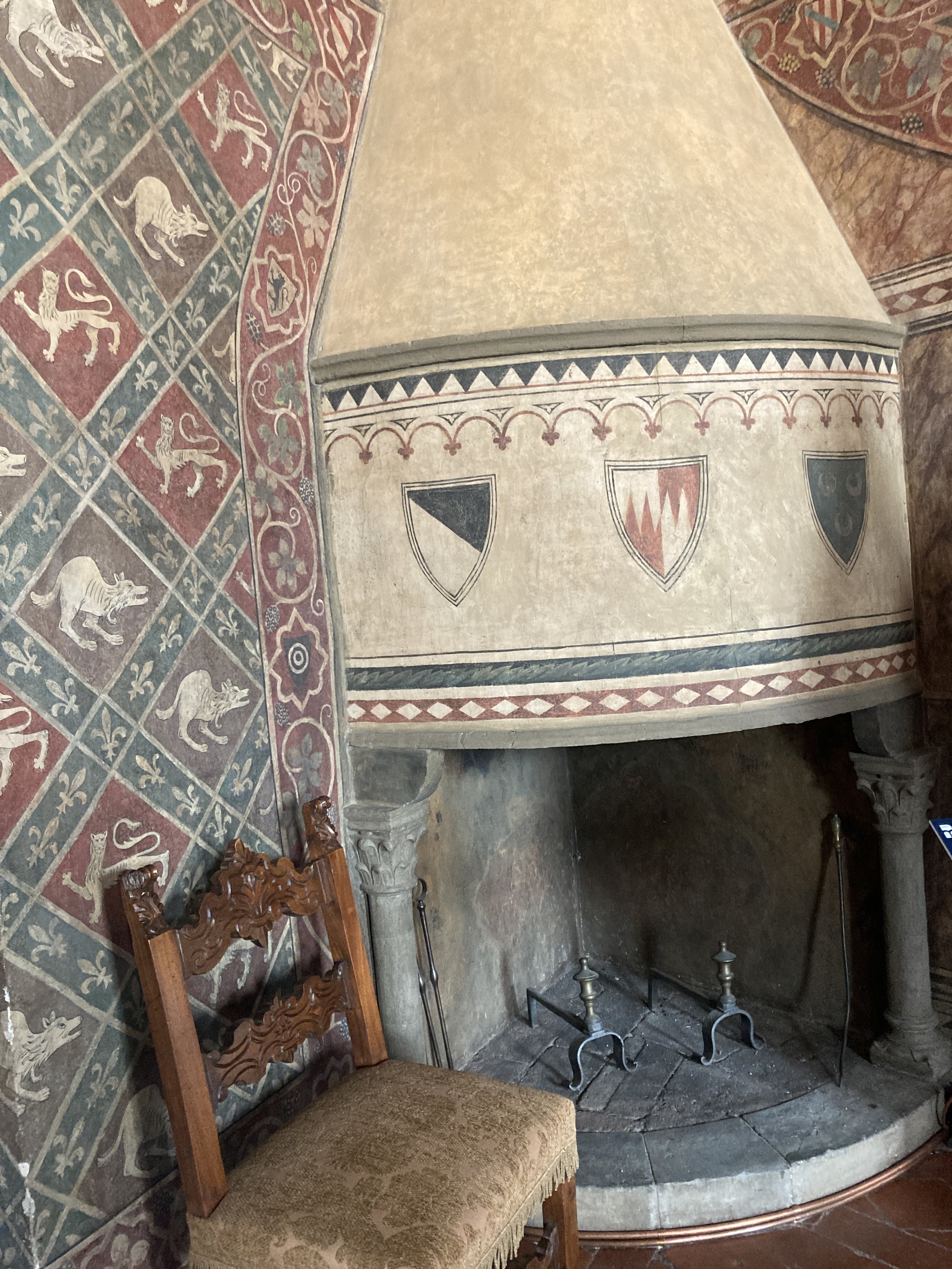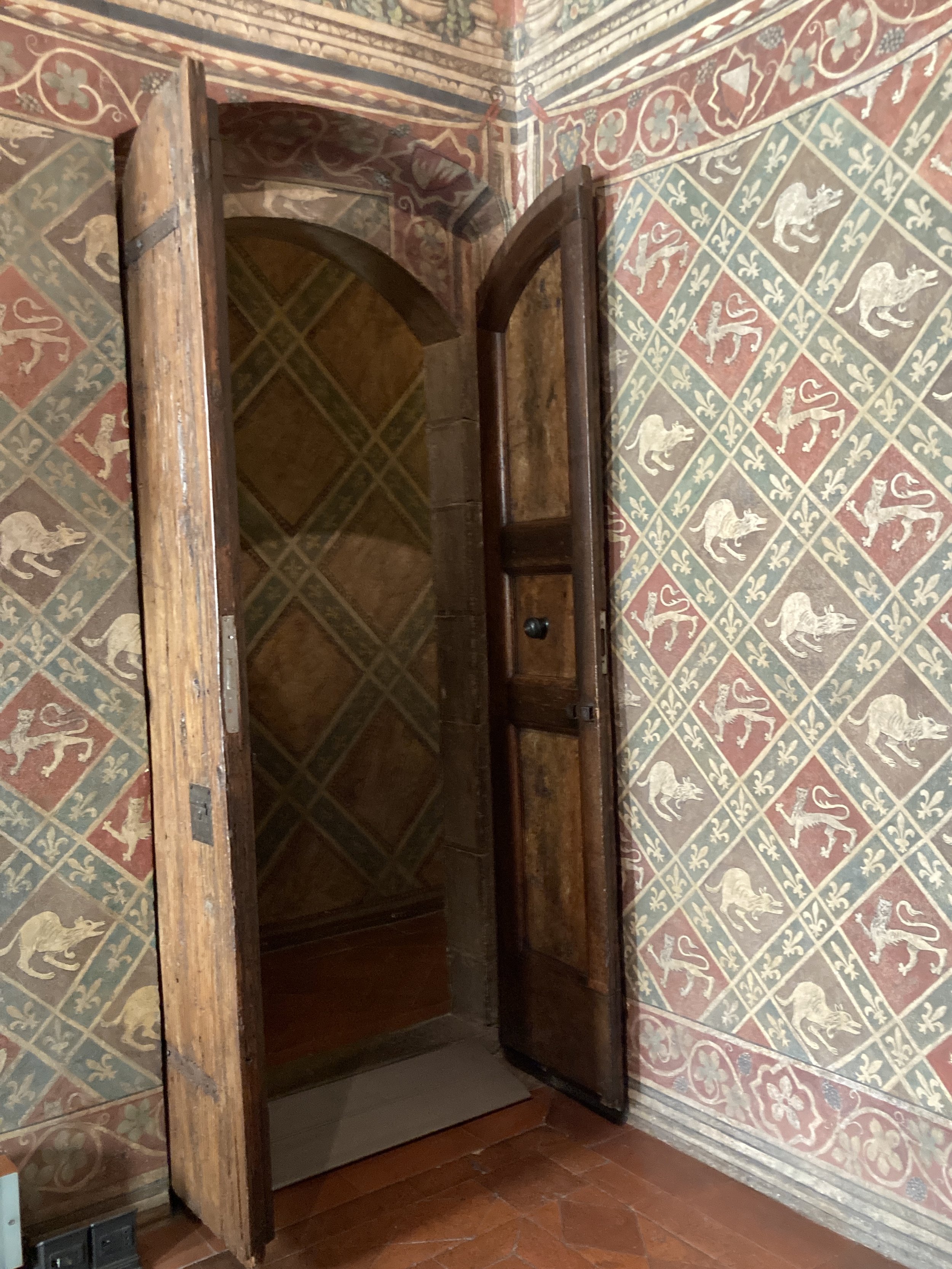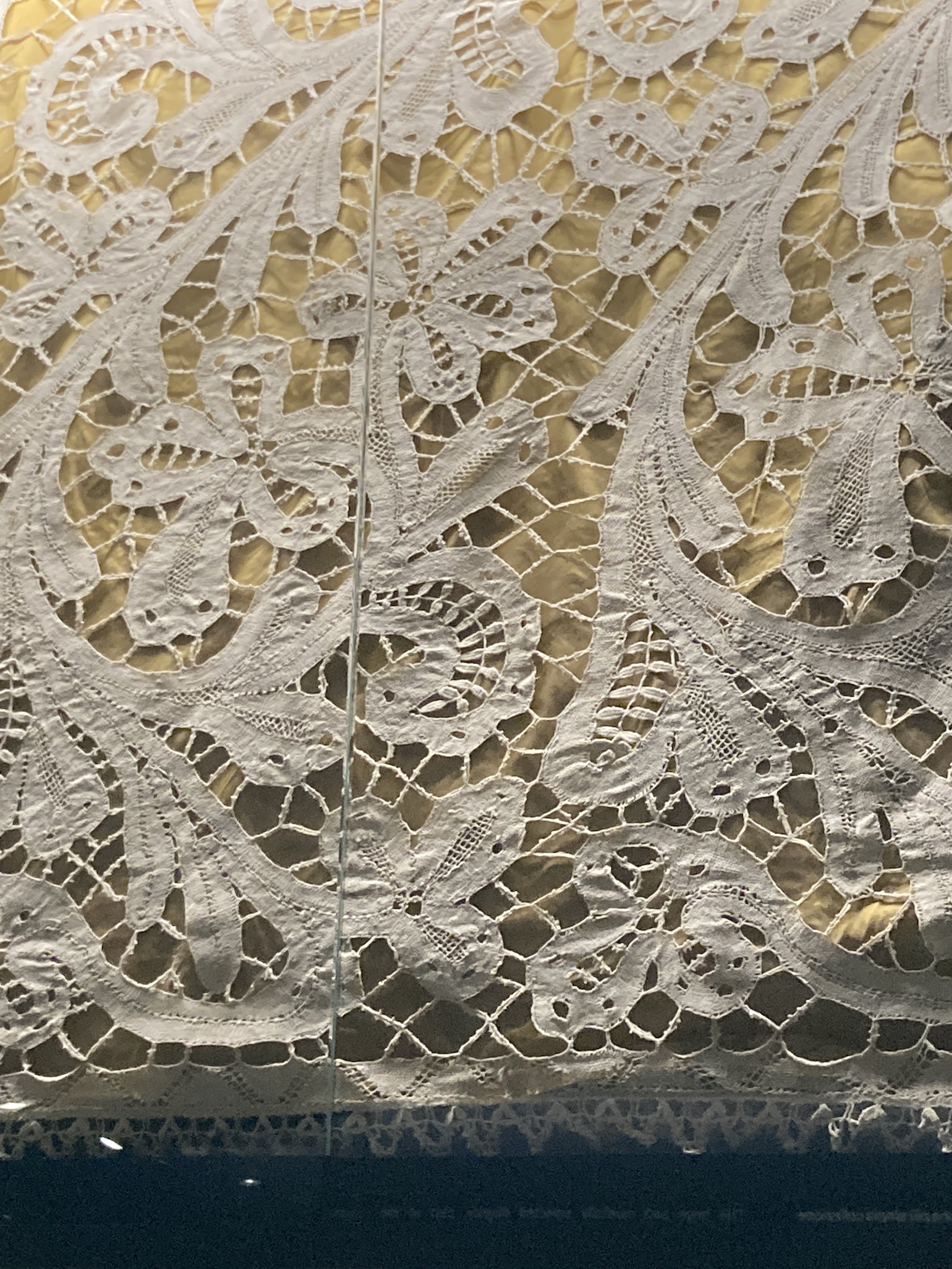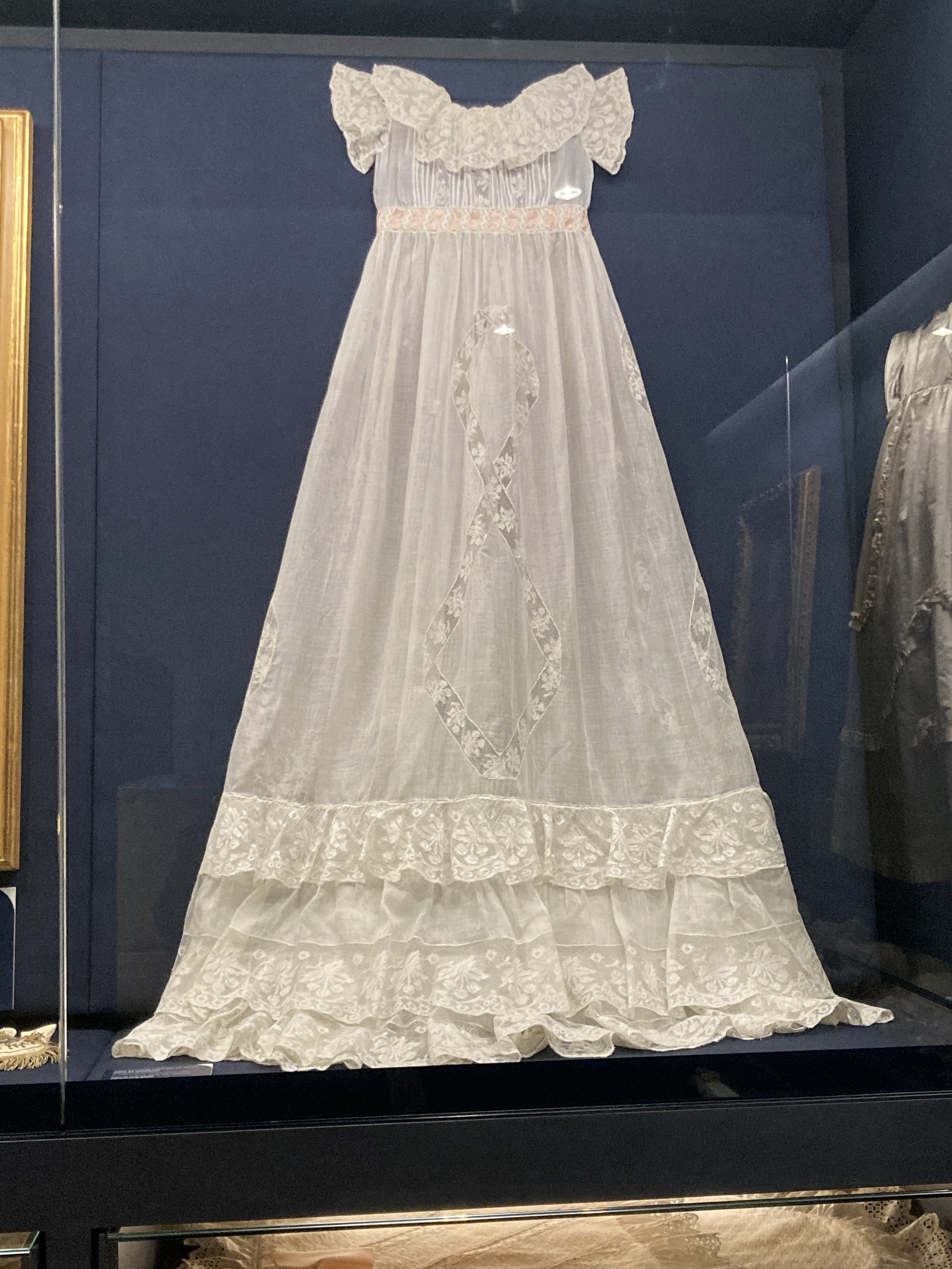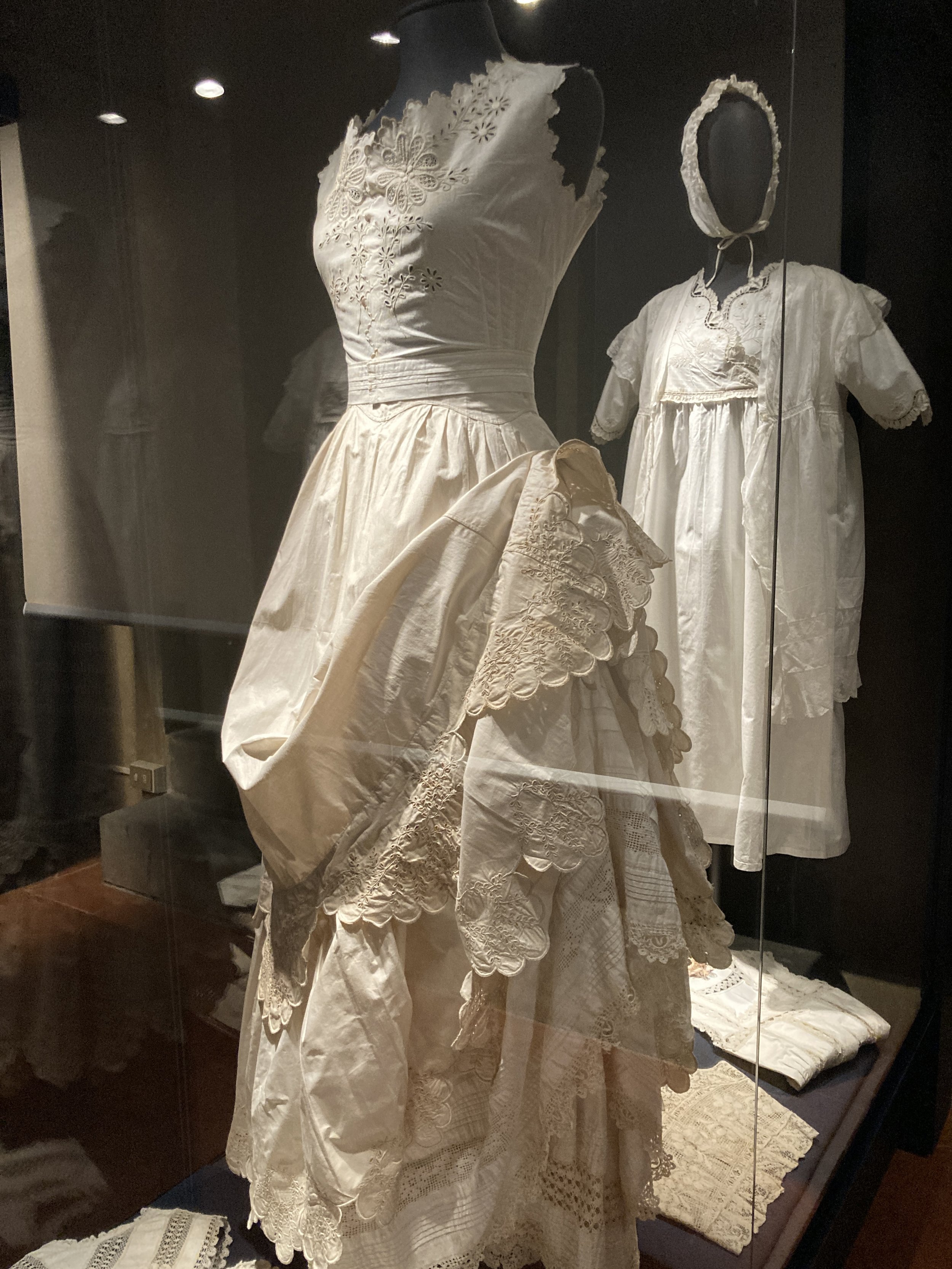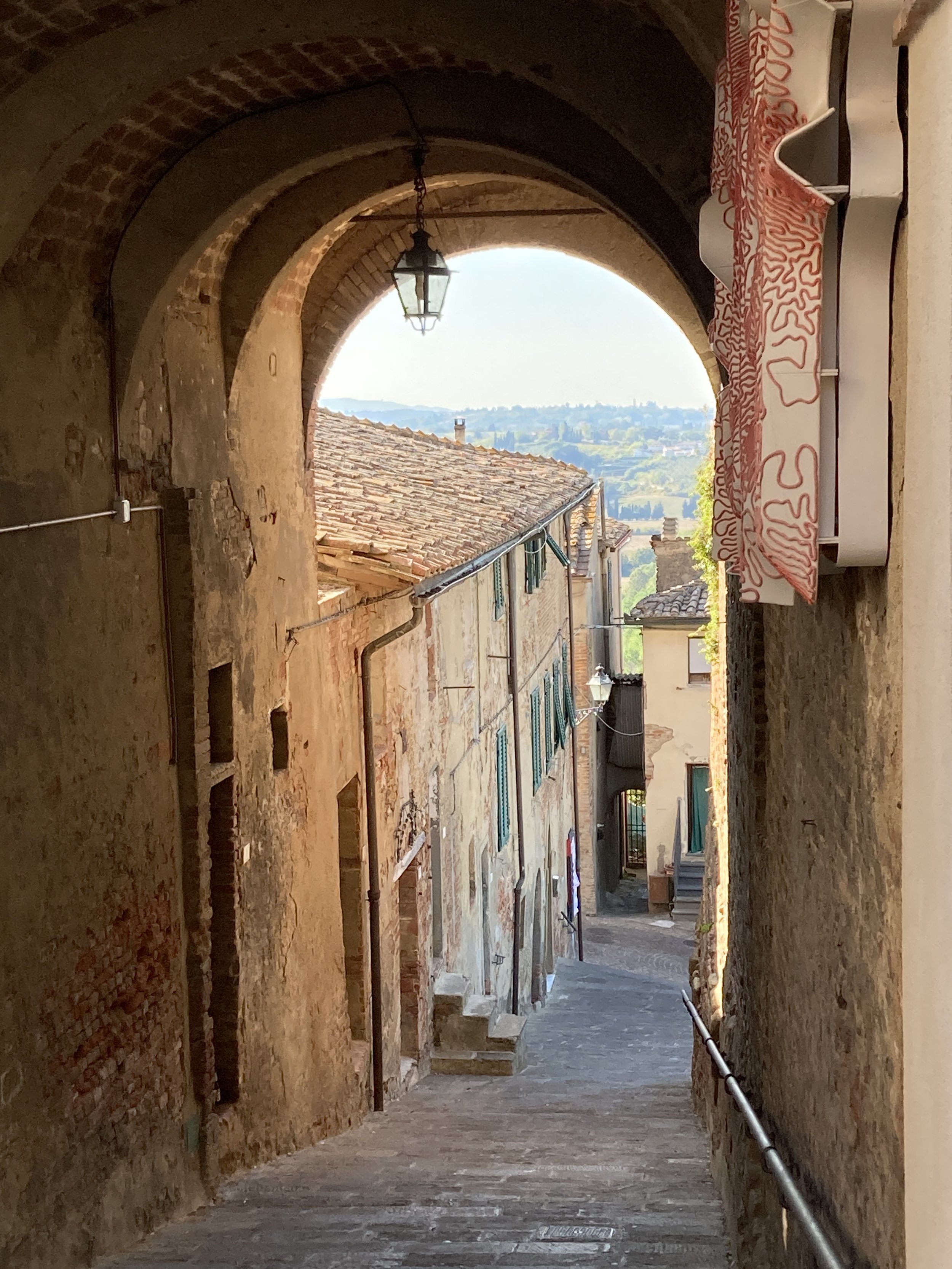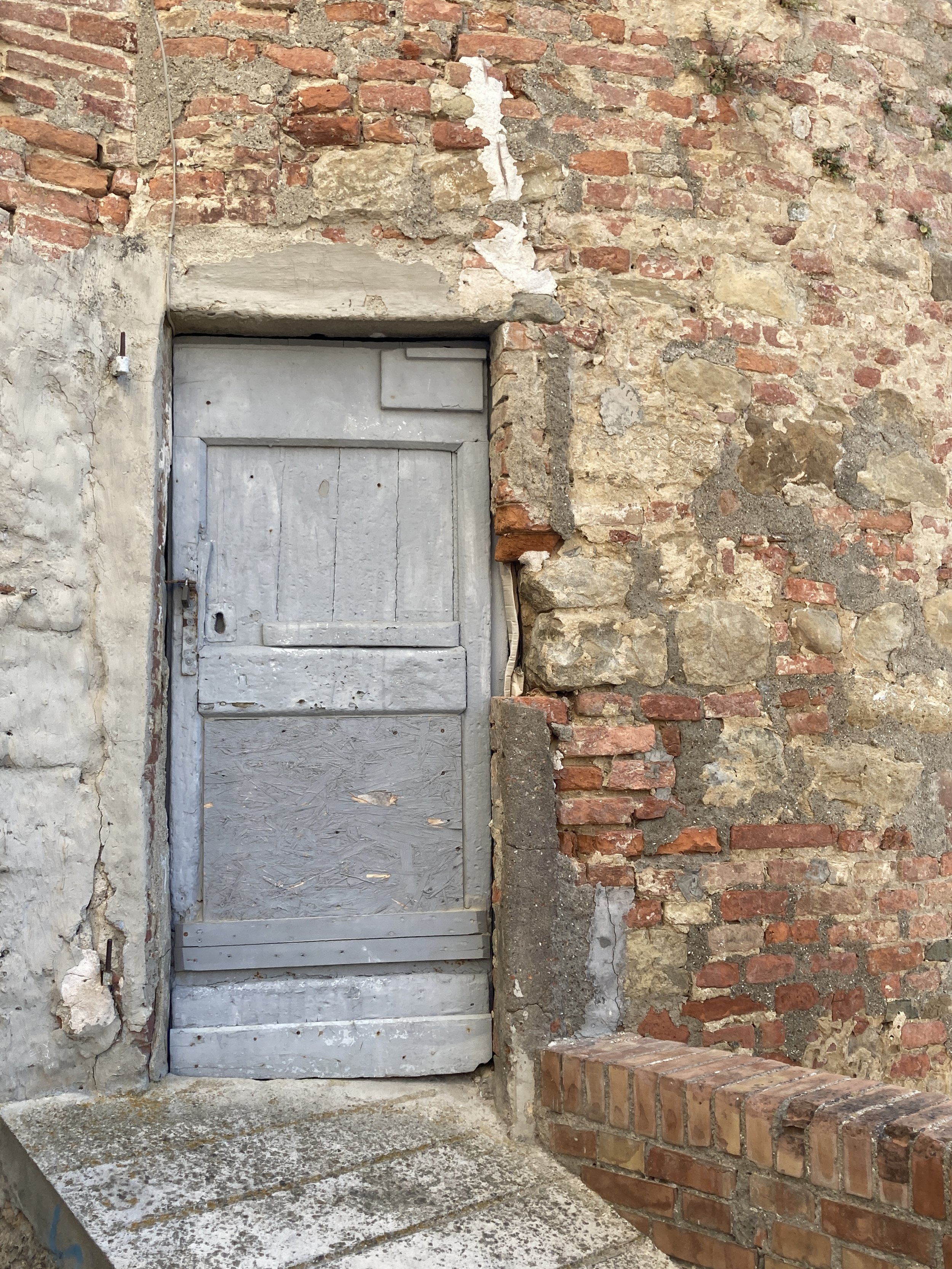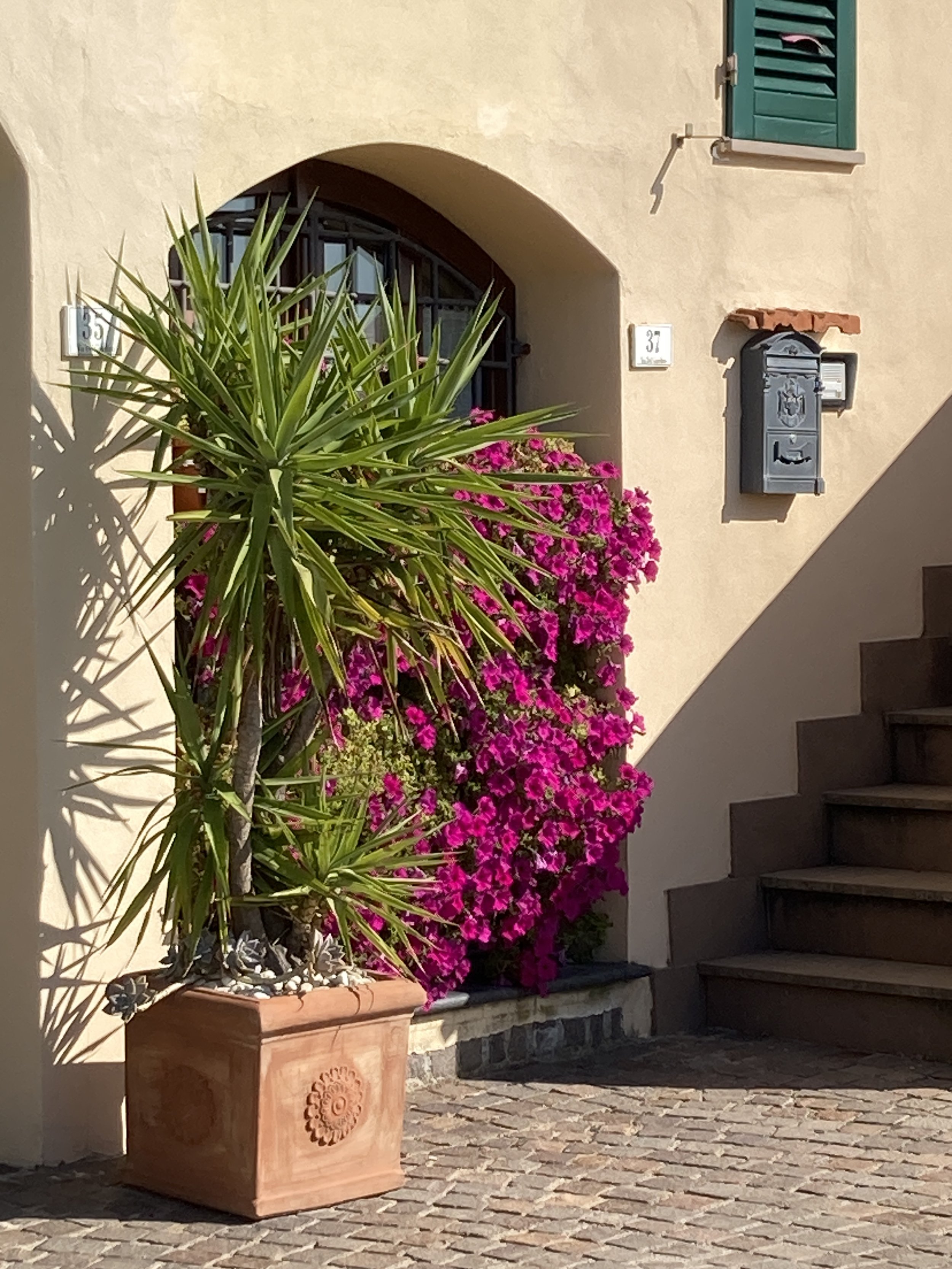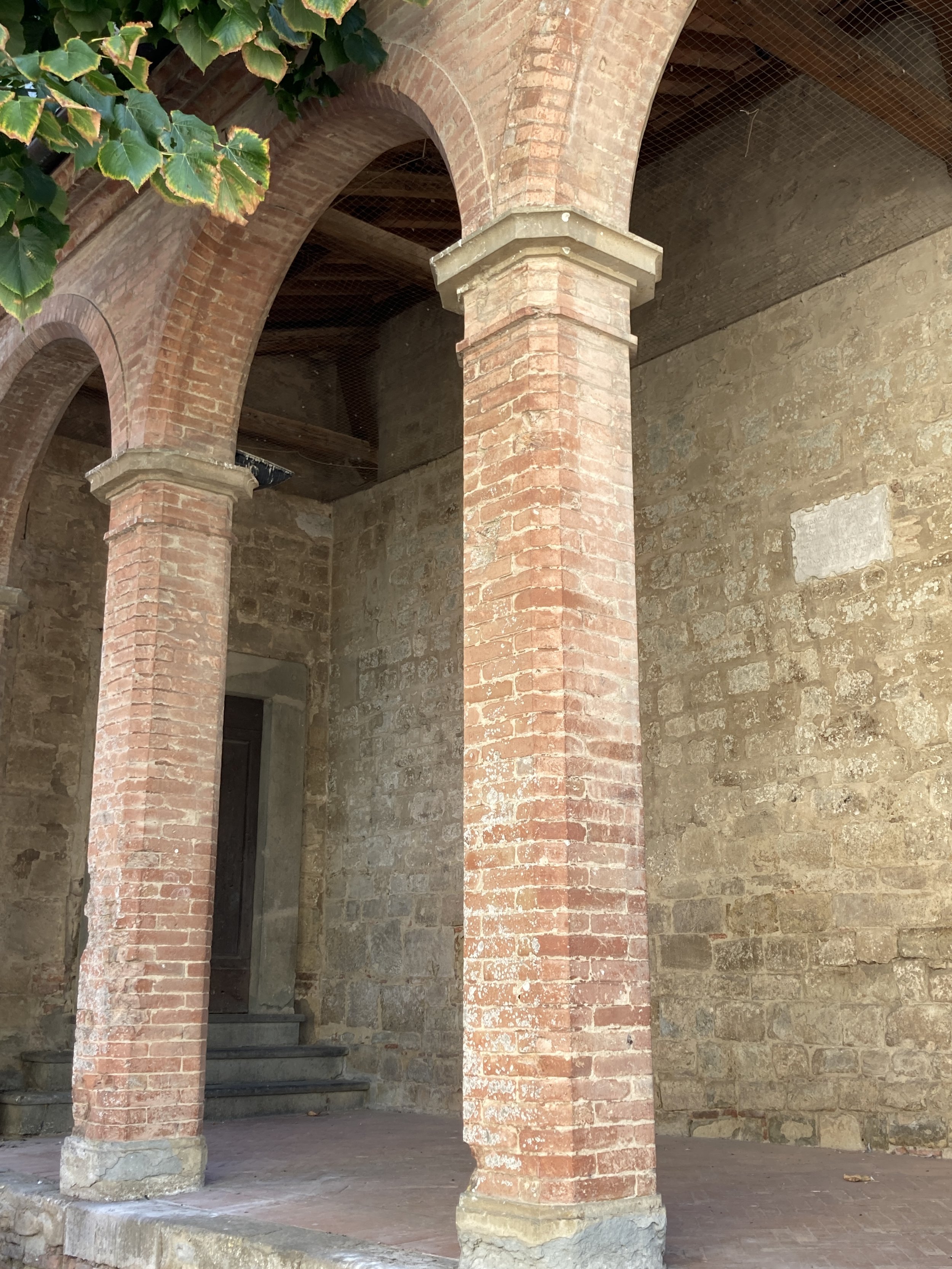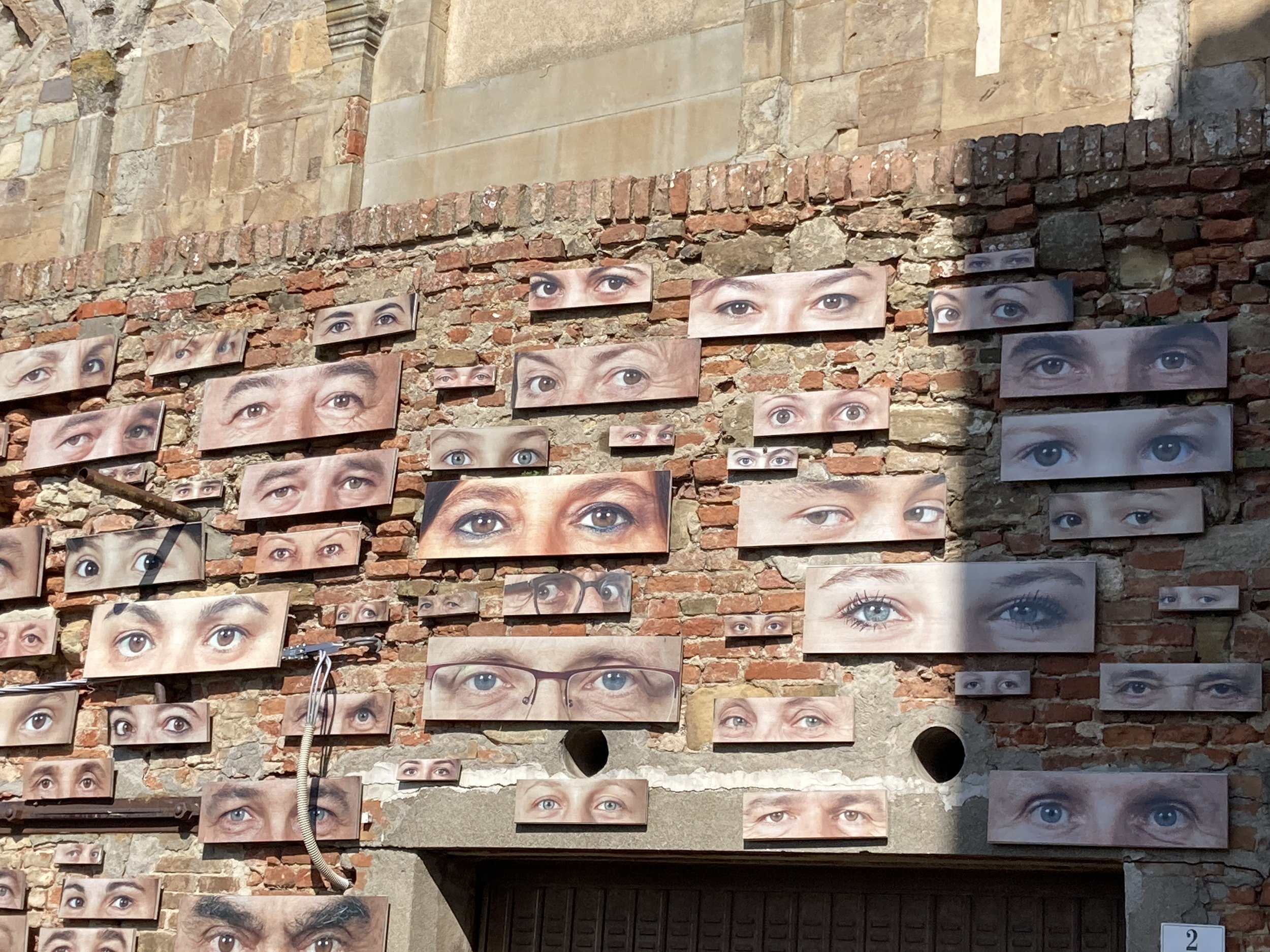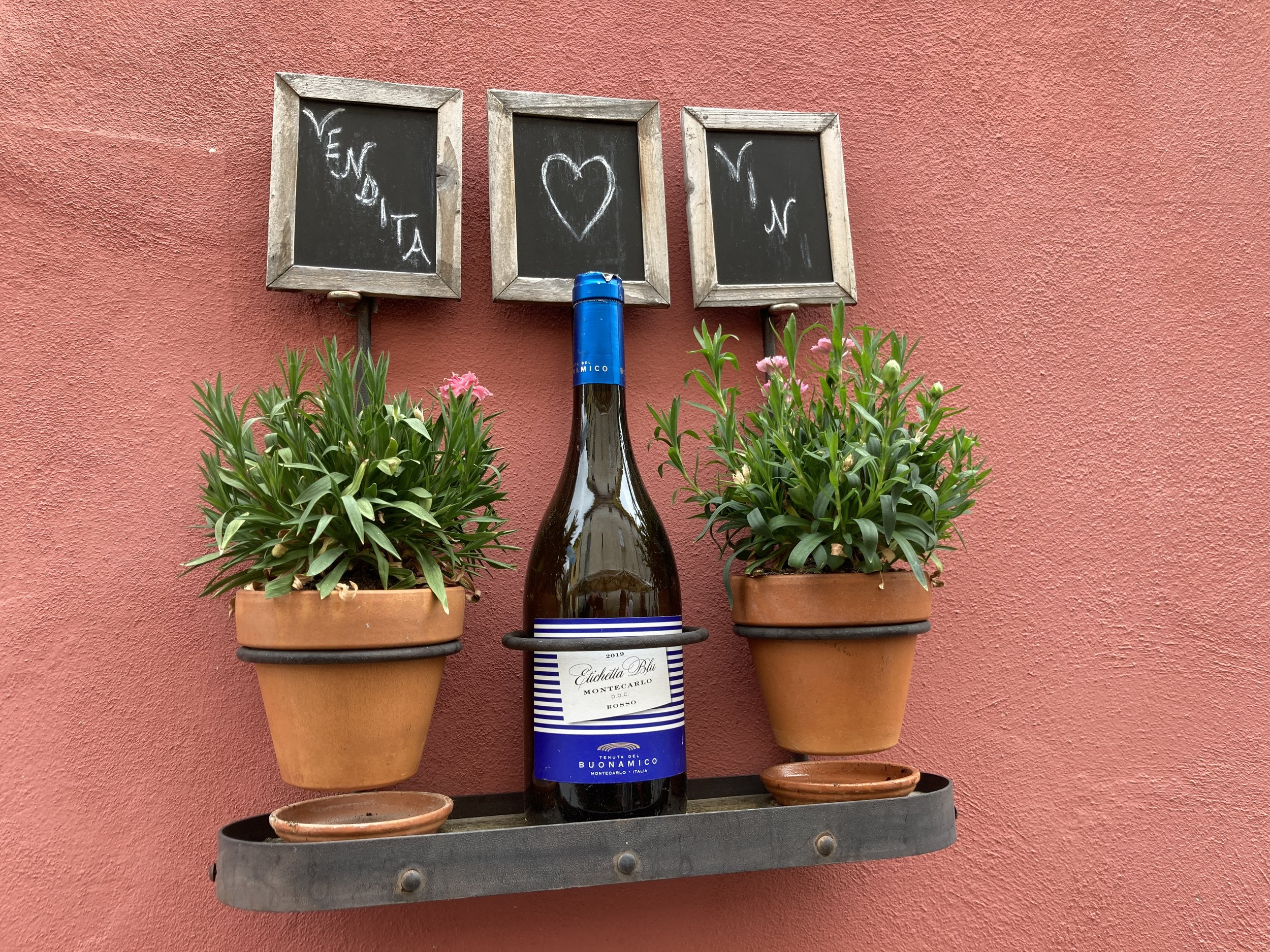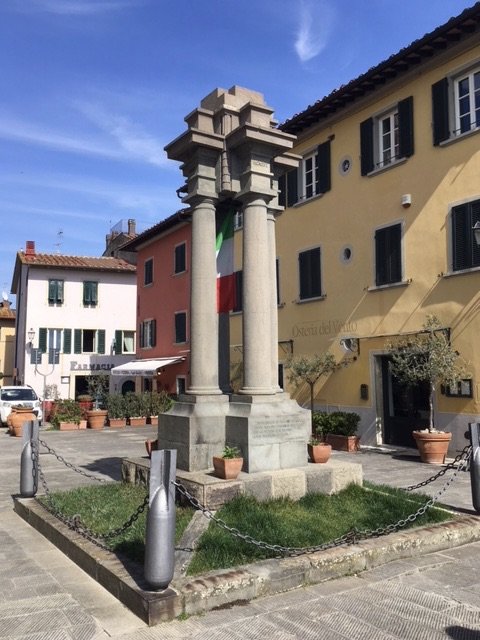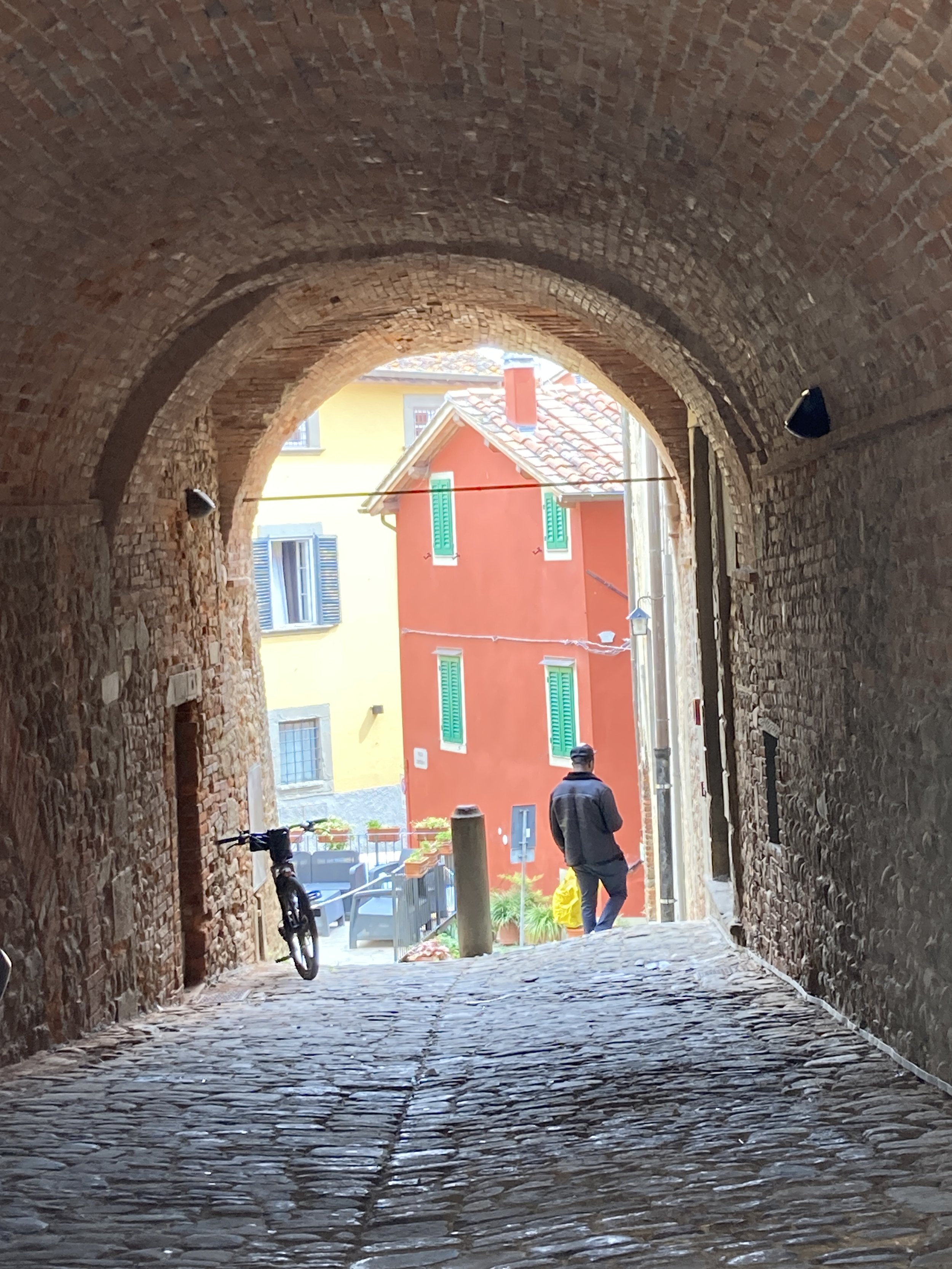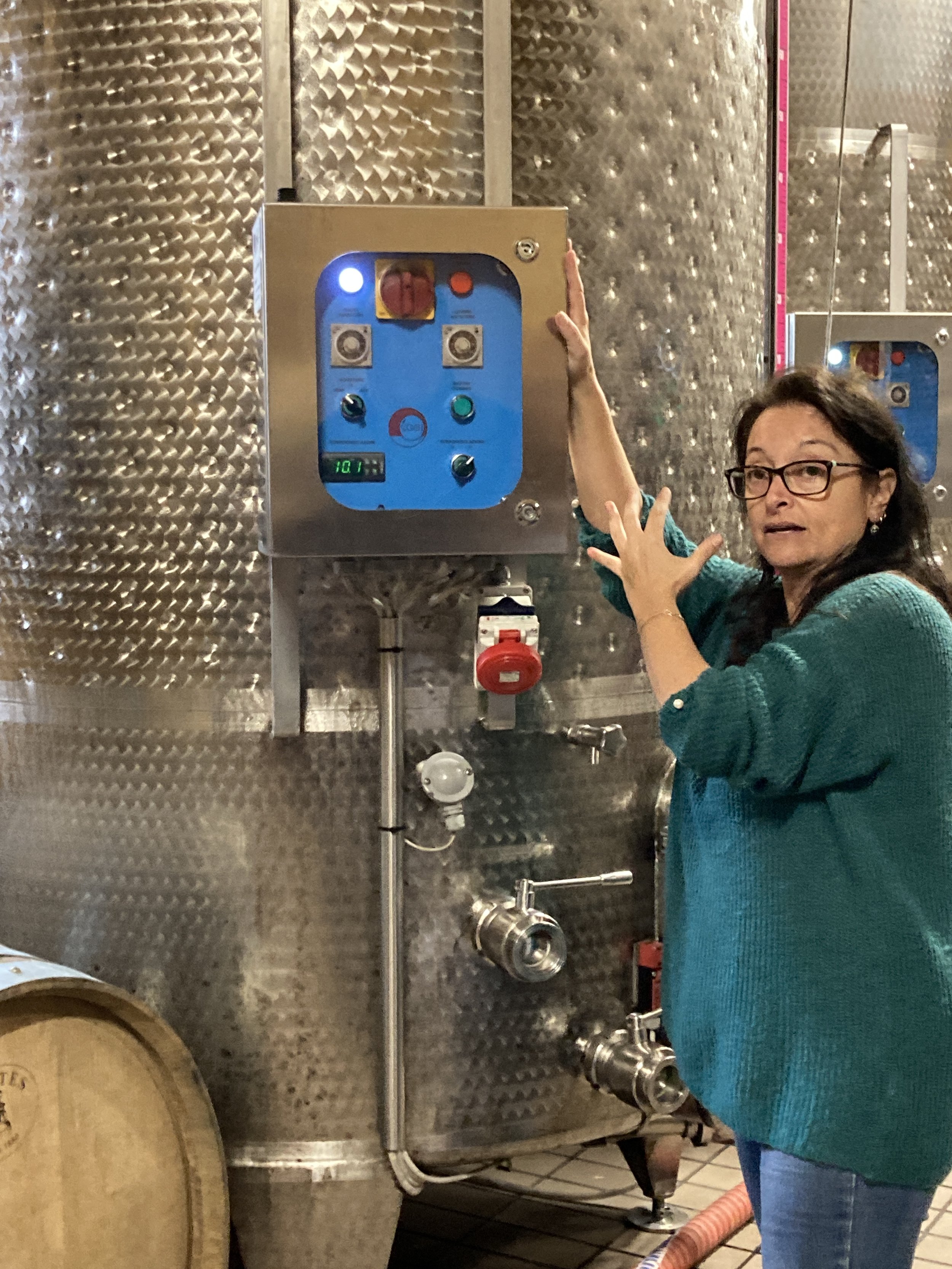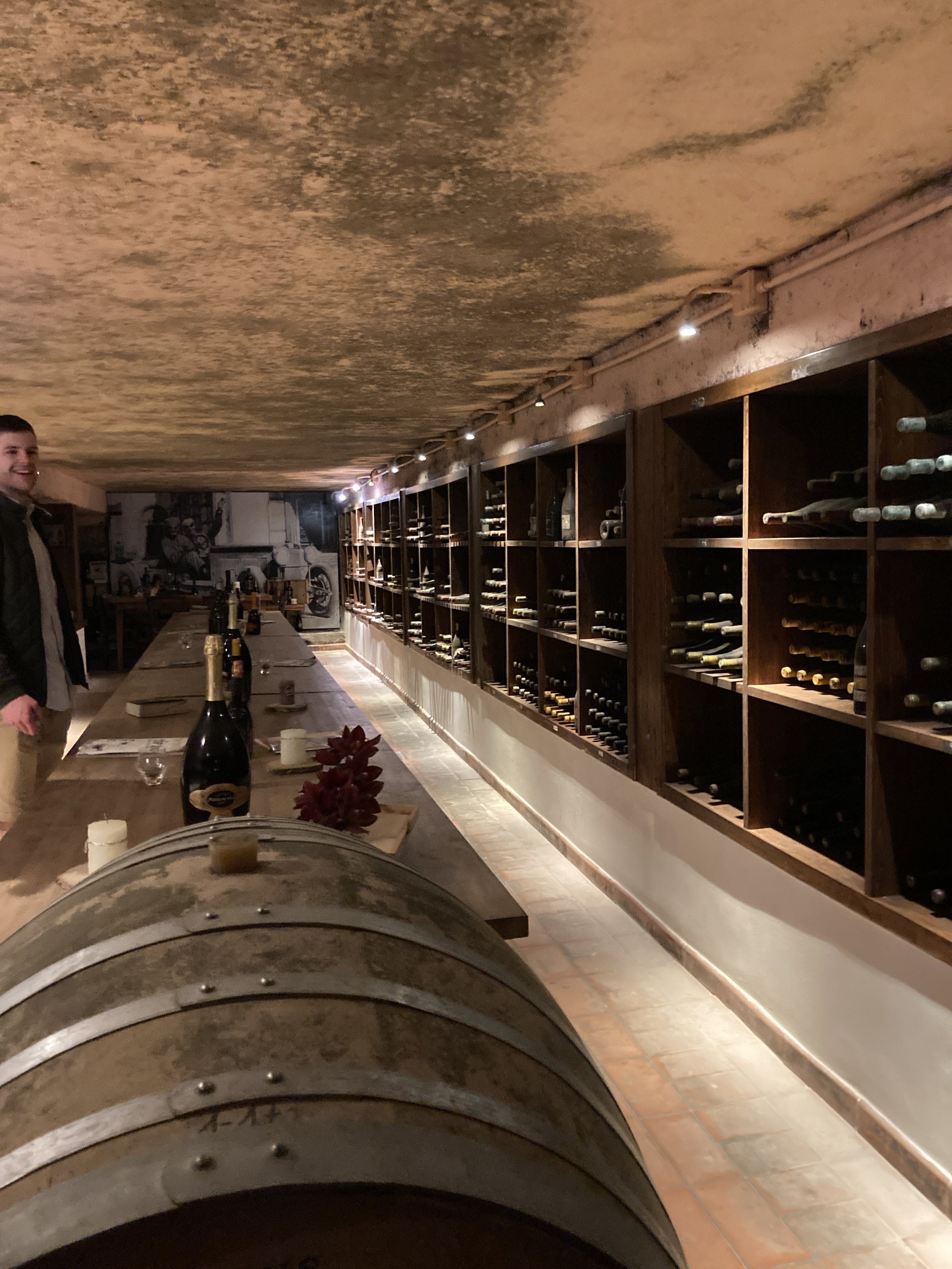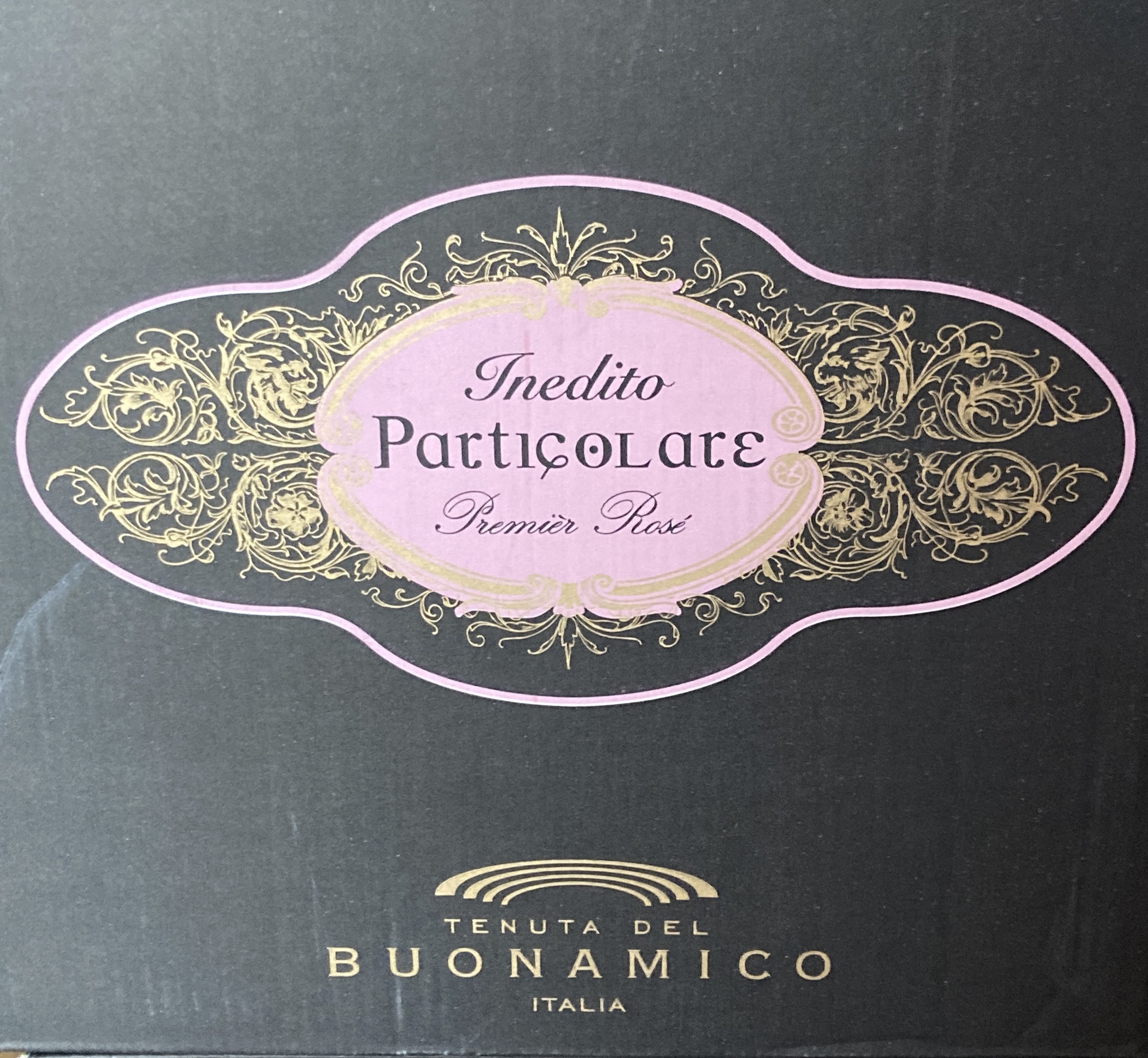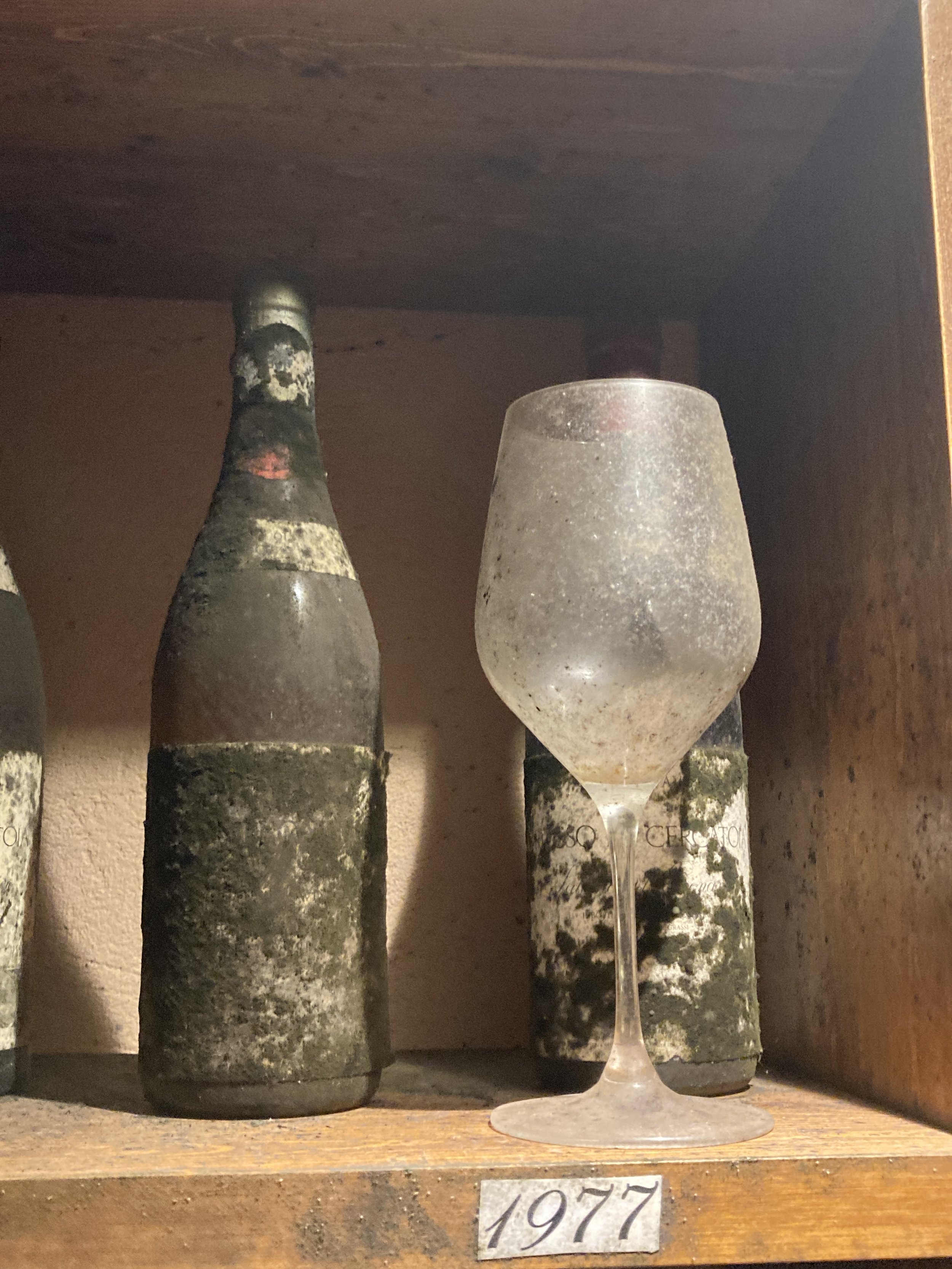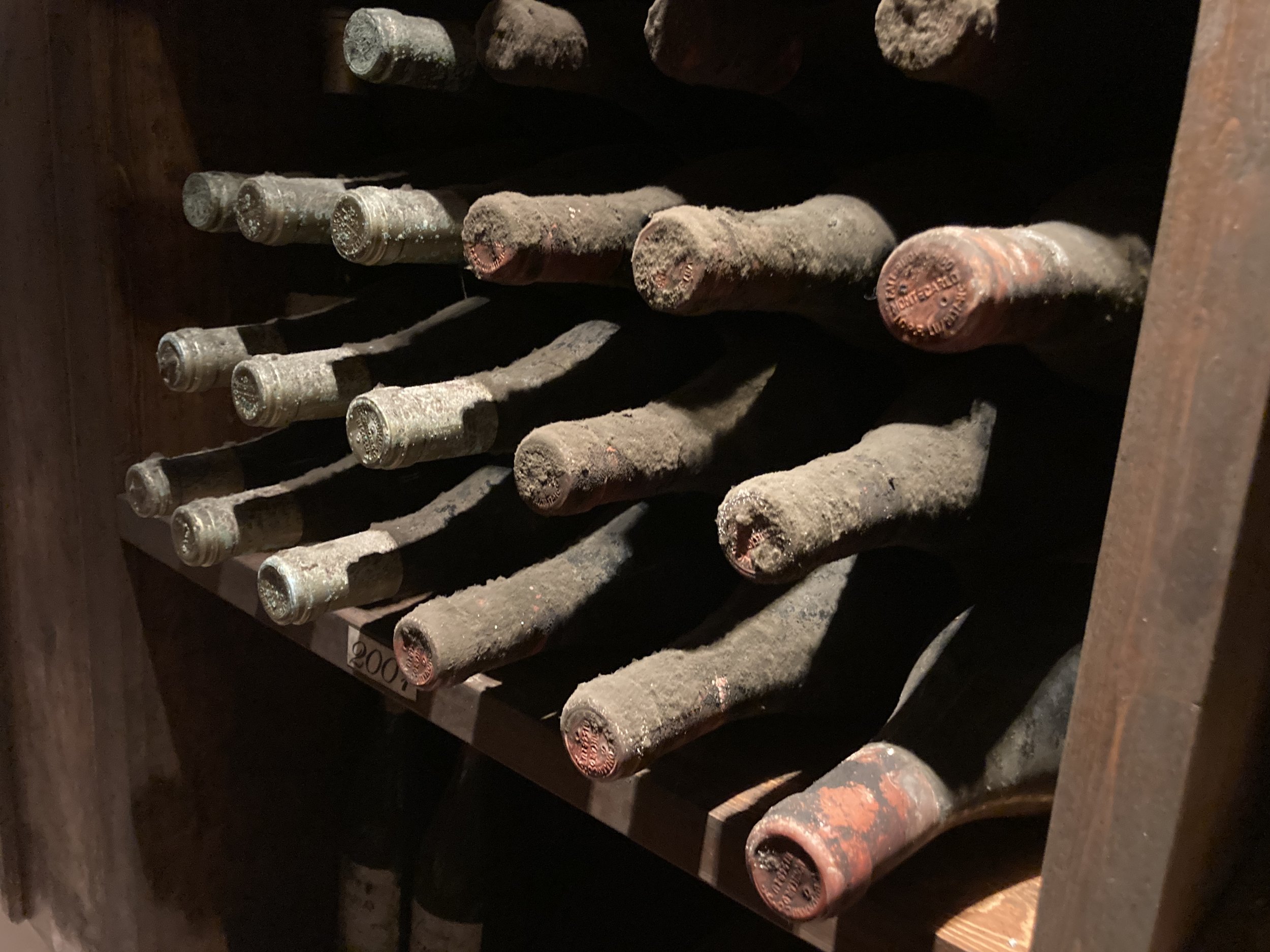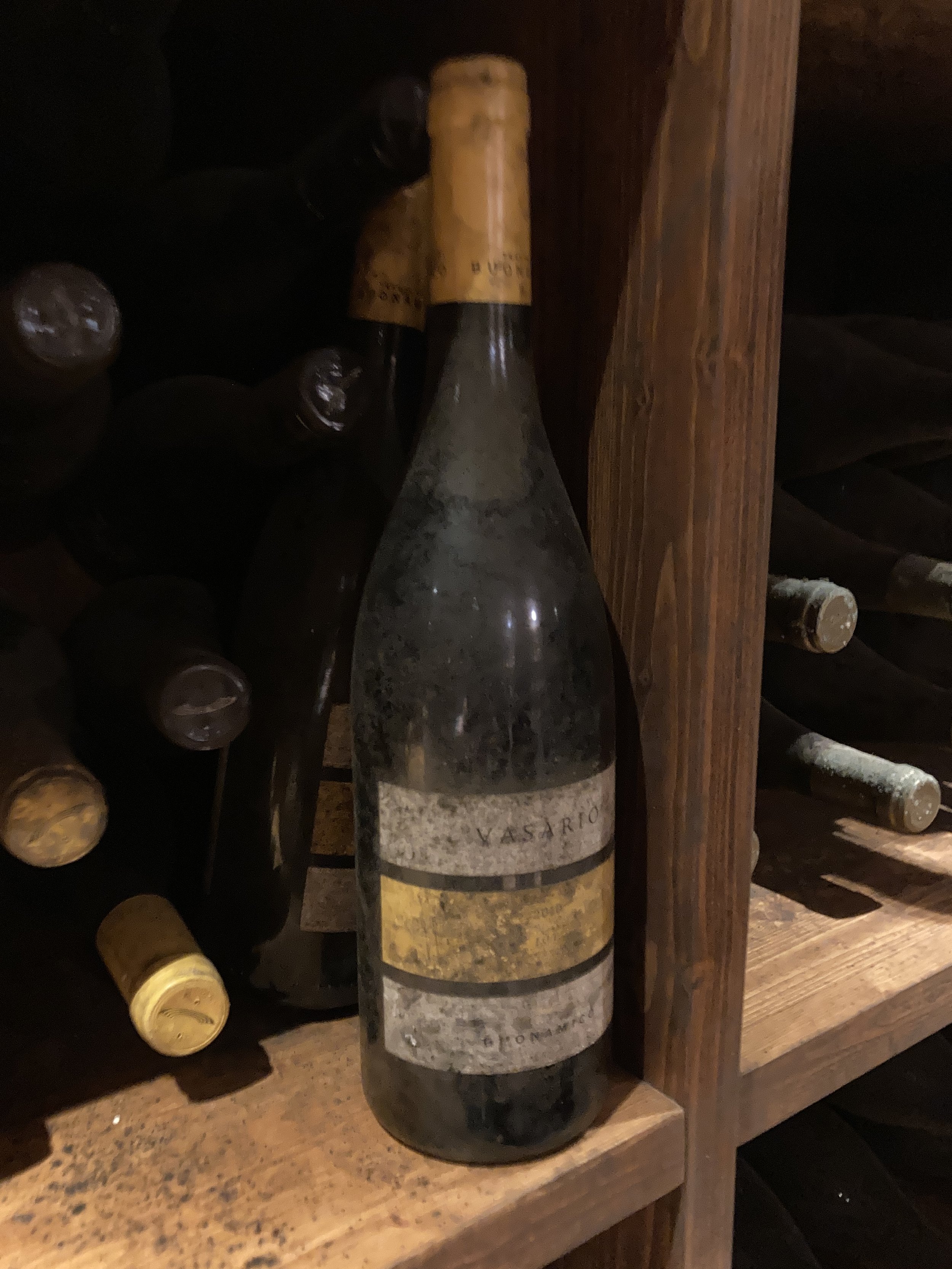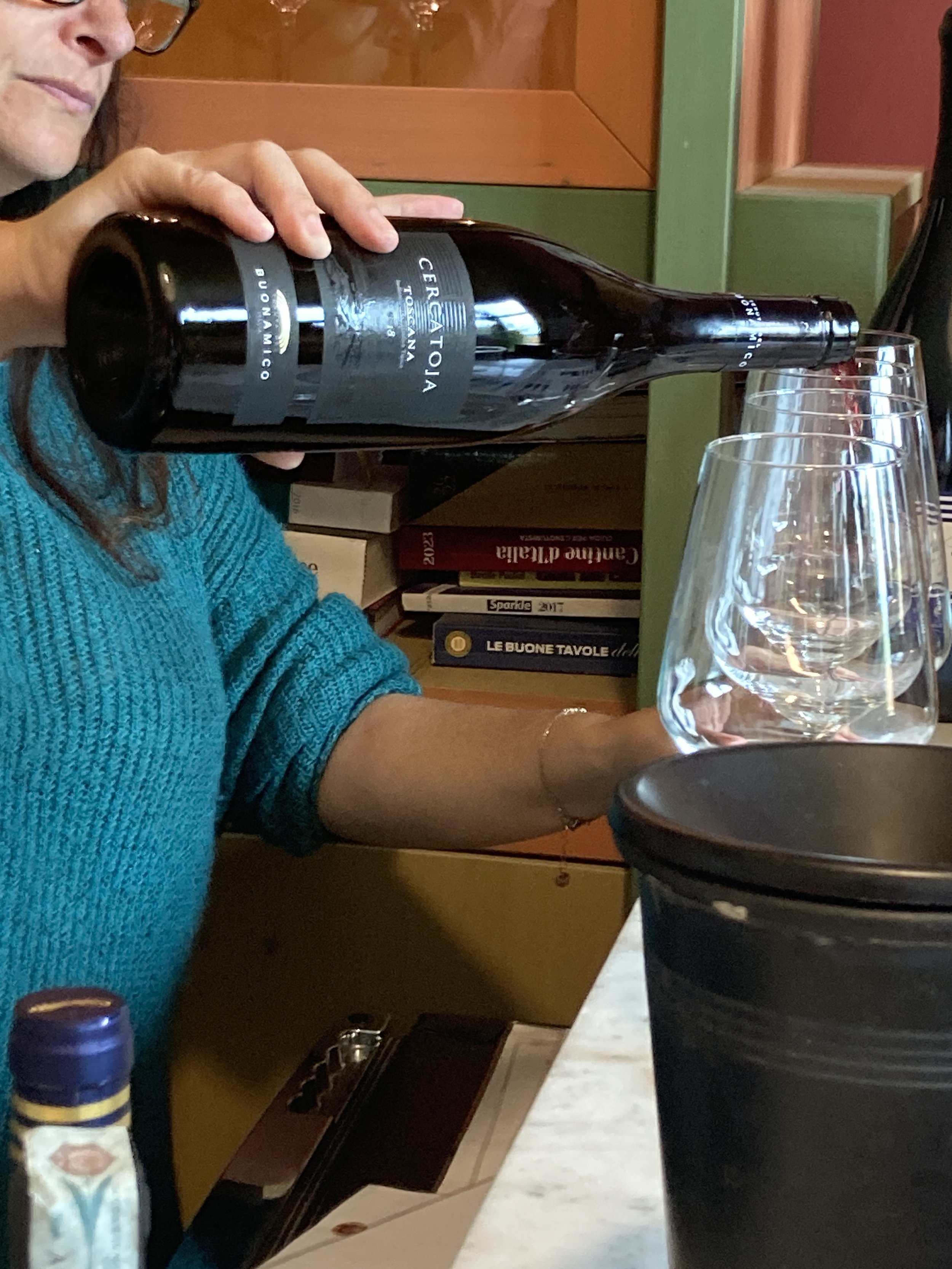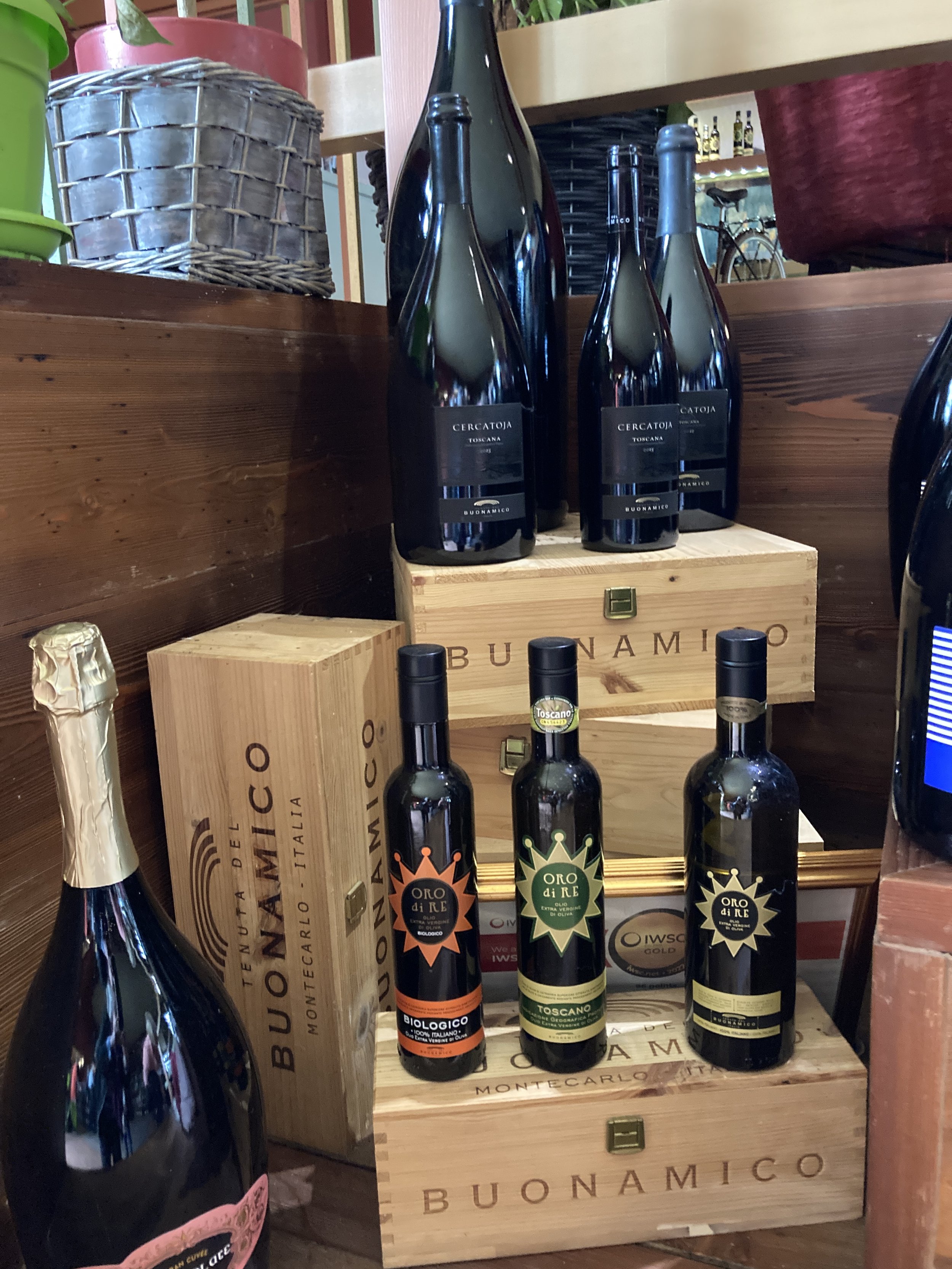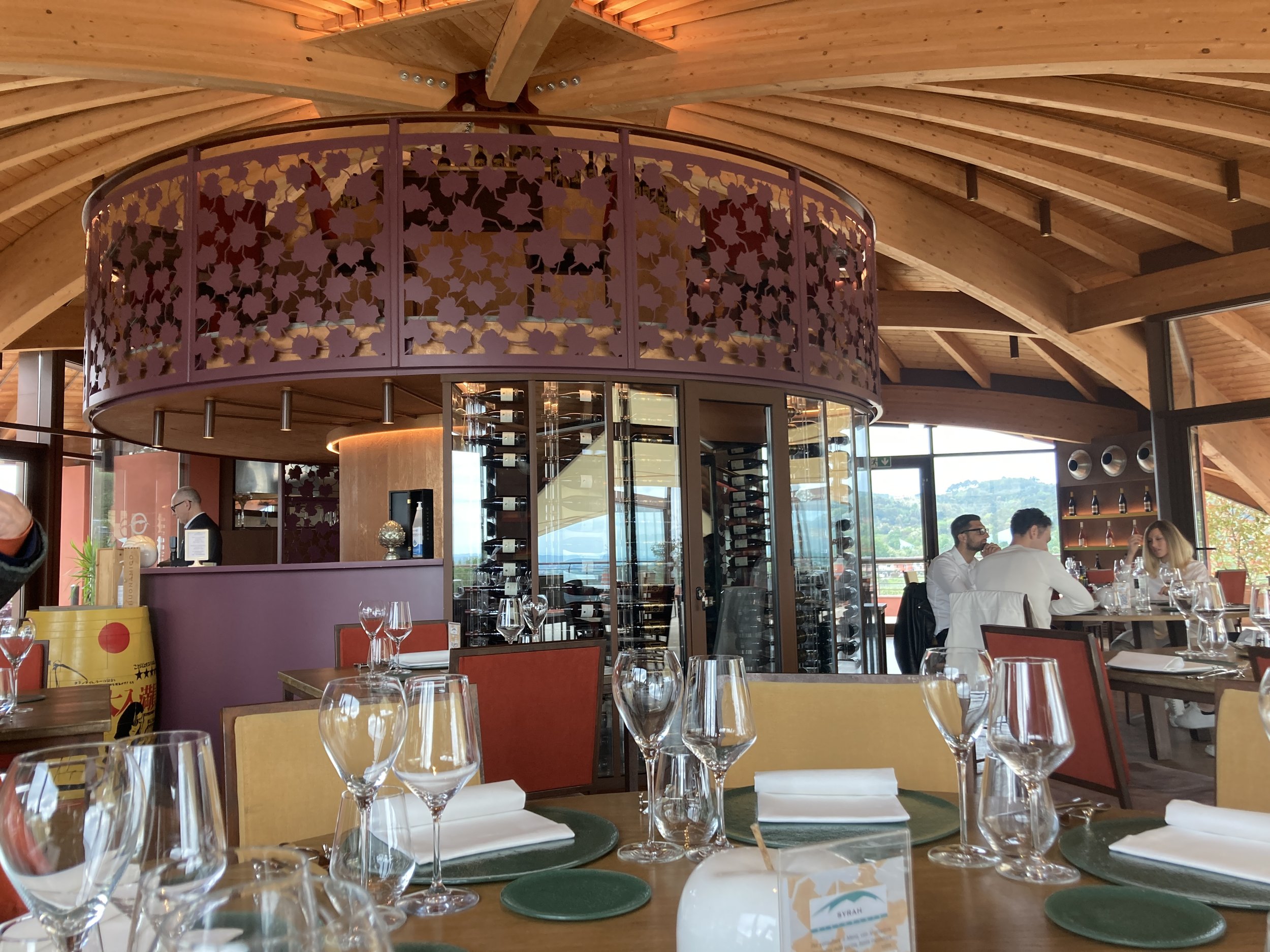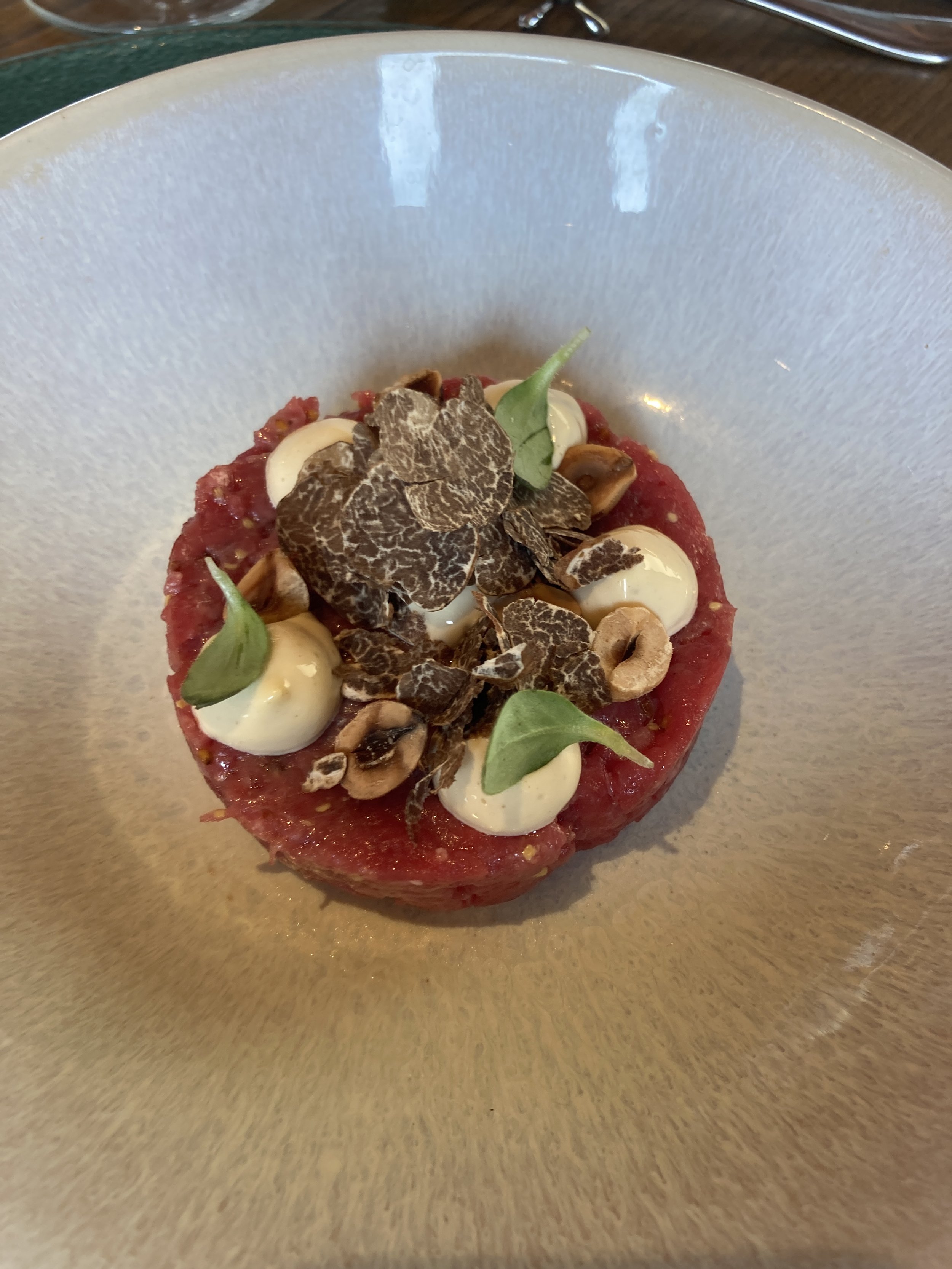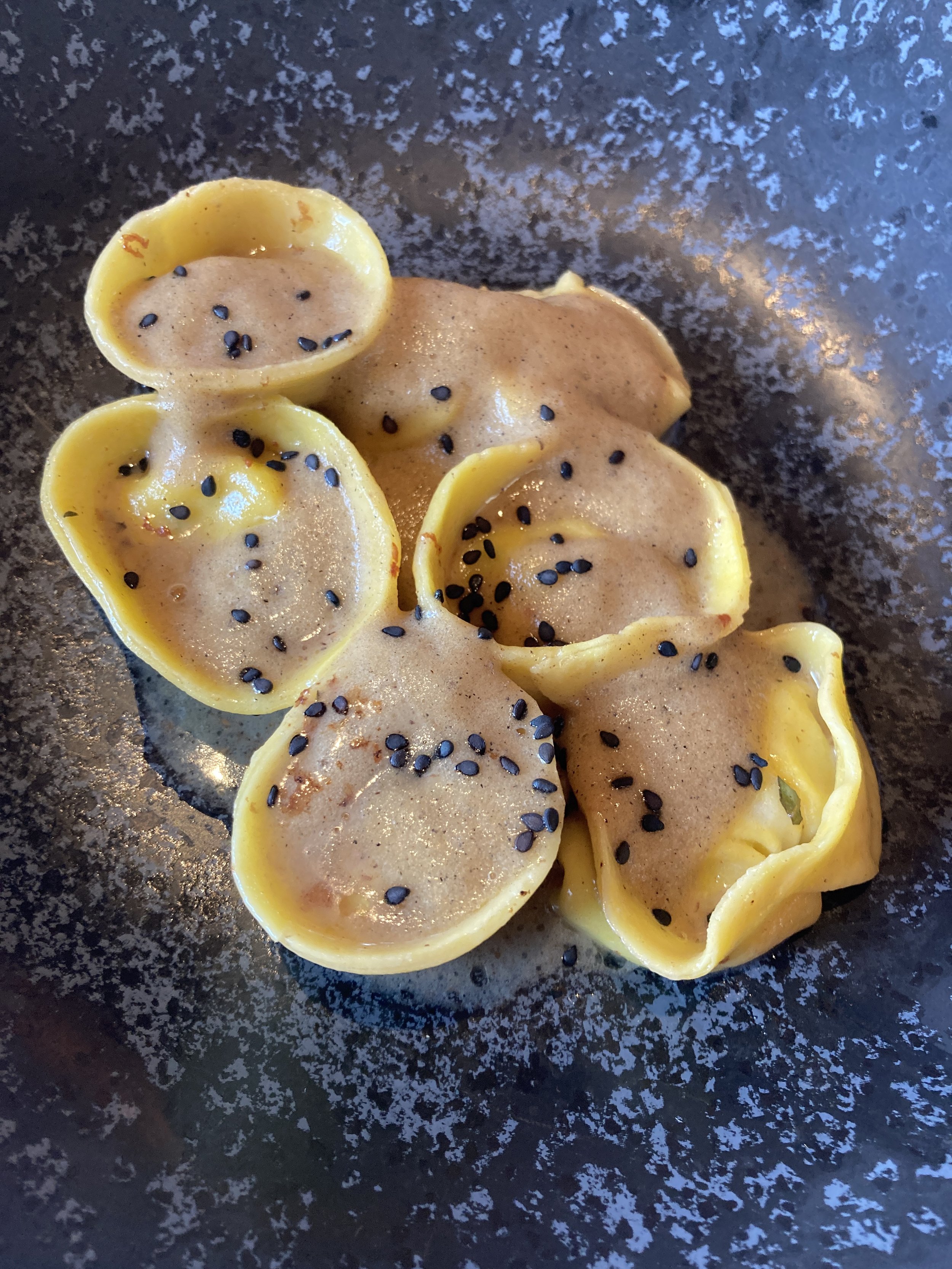March in Lucca
The month of March starts off slow in Lucca and then builds towards the first hints of spring, an explosion of flowers, the beginning of the busy visitor season and, finally, Spring.
But so far, the first week of March isn’t feeling much different than February. It’s still raining. With gray skies and bare trees, most of the color comes from a rainbow of umbrellas.
And while the temperatures are slowly creeping up, it is still chilly. Perfect weather for soup, pots of tea, afternoon naps, and catching up with friends.
Even better if the catching up happens over a cappuccino in an elegant cafe.
I’ve been back in Lucca for two weeks now, after a long visit to the US over the holidays and all through January. A walk around town, even in the drizzly weather, is a good remedy for the prolonged case of jet lag that has hounded me since my return.
This statue of Luigi Boccherini is always there to greet me when I return to Lucca. He sits outside the Boccherini Institute, a music school. It isn’t far from my apartment so I pass by often. Walking past and hearing the sounds of students practicing is always a sure sign that I am back in Lucca.
As I walk, I enjoy seeing familiar places as well as small forgotten details and surprise finds.
Stumbling across a little vignette like this one is always a delightful surprise.
I am always delighted by how many new details I find even after 5 years of living here - a previously unnoticed stretch of decorative brick, a bit of street art, a beautiful art deco piece decorating a building, a fanciful torch holder, a unique door knocker, beautiful decorative ironwork, a statue.
On my recent walks I’ve also tried to pay attention to the signs of the season in Lucca. The nearly empty weekday streets are a sure sign that it is still late winter.
The many temporarily closed cafes and bars signify the owners’ chance to grab a bit of rest after the holidays and the excitement of Carnevale and before the hubbub of events that surround Easter.
The bare branches of this tree are like a sculpture against the backdrop of the old brick and stone church wall.
At this time of year there is a stark beauty in the bare trees and vines. In a few weeks the wisteria will begin to flower and the trees will turn green with leaves. And the visitors will arrive. But not just yet. And, with all those bare branches, what a wonderful surprise this week to turn a corner and find a whole street of magnolias already in bloom.
Mimosas are the traditional gift for la Festa della Donna
I am looking forward to several events that will come later this month. March 8th marks the Festa della Donna (International Women’s Day), a day to celebrate the achievements of women in all fields. Bright yellow bunches of mimosas are a traditional part of the day.
After that comes the Festa di San Giuseppe (Feast of Saint Joseph) on the 19th. I admit that it is the traditional feast day frittelle that I really look forward to. I’ll take two cream filled ones please.
Later in March, Good Friday will be marked with a traditional and very solemn procession through the streets of Lucca.
It is an historic and moving event and one that always marks the beginning of spring for me. March will conclude with Easter. It arrives early this year, on March 31st.
The Good Friday procession in Lucca
There are also some unique events happening this month. One is an exhibit of works by Antonio Canova (it runs through September). That exhibit will be a good thing to do on one of these a rainy March afternoons.
2024 marks the 100th anniversary of the death of Giacomo Puccini. And Puccini is a big deal here in Lucca where he was born. He started his musical career playing in local churches and spent much of his adult life in the area. He spent a lot of time in Lucca’s Caffe di Simo (in Puccini’s time it was known as Café Caselli). Sadly, that cafe has been closed for more than a decade now, sitting empty on Via Fillungo. It is a legendary place that has not been significantly changed since Puccini last met his friends there. It will reopen (temporarily) for several special events during the Puccini celebrations this year. It’s one of those abandoned, dusty places that I have long wanted to see. I am looking forward to being able to get inside!
This pretty cat made me smile on one of my wanders through Lucca. Here he sits outside the church where Puccini was baptized.
After its slow and quiet start, March promises to be a busy month in Lucca with lots of activities, celebrations, and the slow unfolding of spring.
I’m ready!


